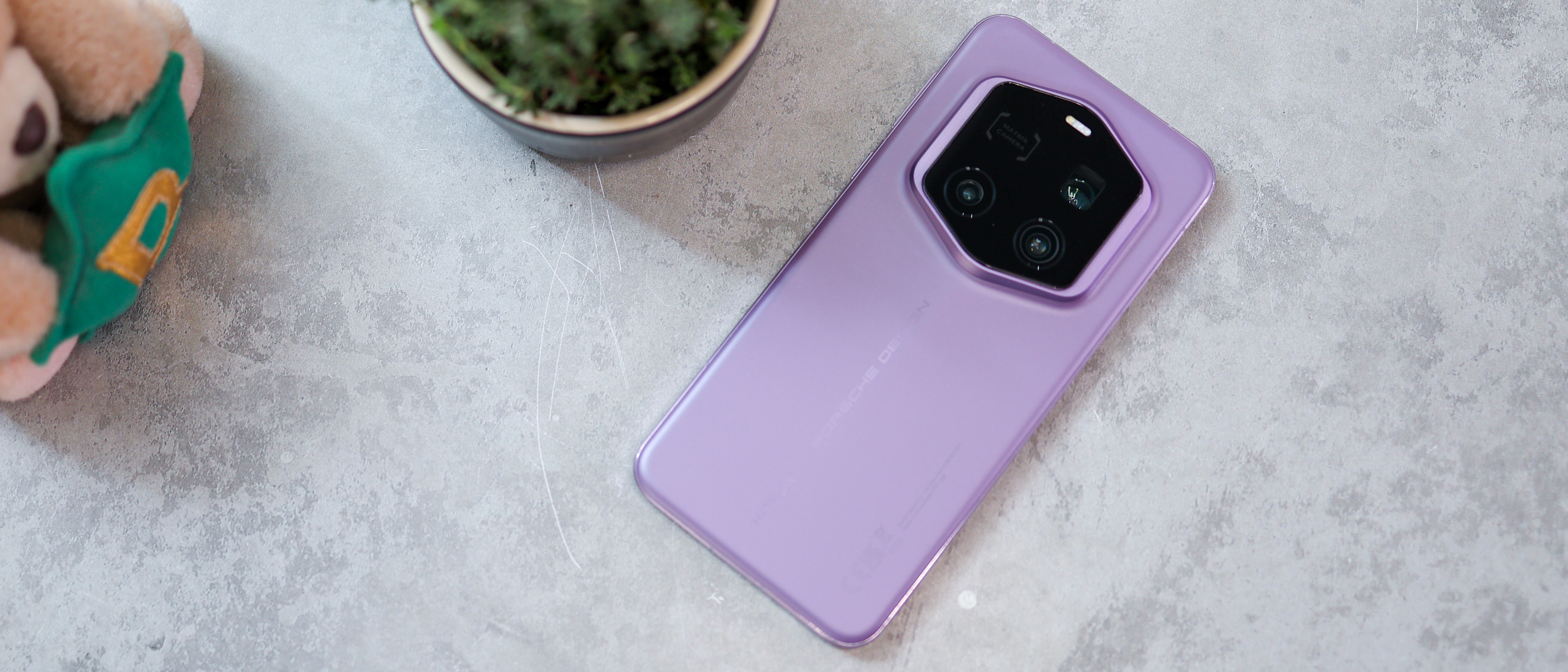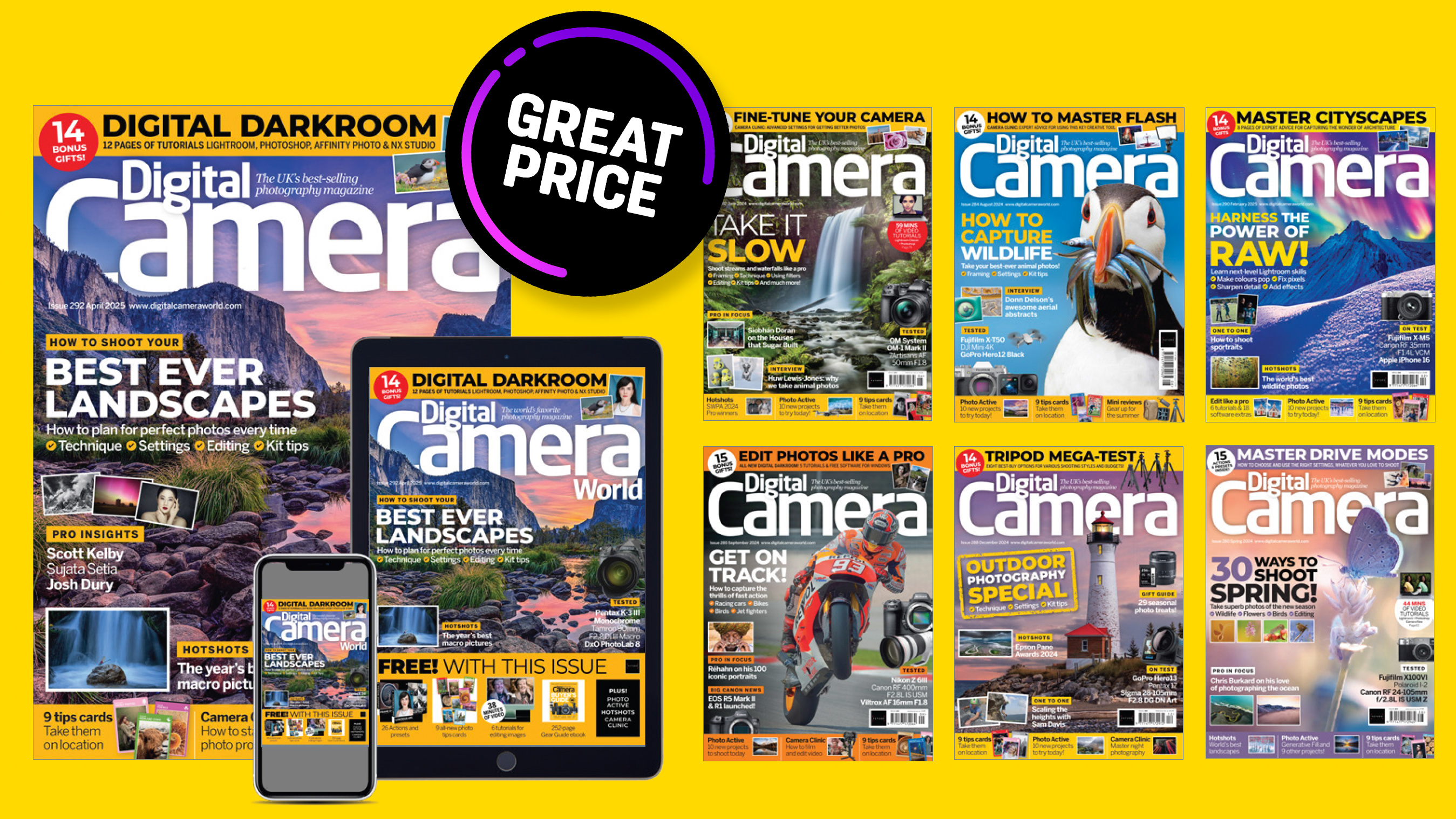Digital Camera World Verdict
The Magic 7 RSR isn’t just a fancy, rebadged version of the original; its higher-capacity battery and faster aperture help it meaningfully edge ahead of more phones and justify its high price when set against 1TB options from Apple, Google, and Samsung. The fact you get a case, two charging bricks, cables in the box, and an excellent, powerful camera phone only adds to its appeal. So while it's expensive, unlike other special editions, it’s no more outlandish than a similarly specced flagship, making it a great alternative.
Pros
- +
Exceptionally versatile periscope camera
- +
Excellent battery life + fast charging
- +
Class-leading biometric security
- +
Ample storage and RAM
- +
Ships with a case and fast chargers
Cons
- -
Very expensive
- -
Premium but chunky design
- -
Photo processing can be hit or miss
- -
No telephoto RAW capture
- -
No LOG video
Why you can trust Digital Camera World
Porsche Design products are typically an exercise in branding, but the Magic 7 RSR Porsche Design (RSR for short), could actually be bringing some value to the table too. Now, this phone is very expensive and we would never suggest it isn't; however, when you look at similarly specced iPhones, Pixels and Galaxys, it offers more while costing the same or less.
What do I mean? The Magic 7 RSR has a generous 1TB storage, an excessive 24GB RAM (double that of the Galaxy S25 Ultra, and three times that of the iPhone 16 Pro Max), both a European and UK fast charger in the box, two charging cables, and a case. The camera system is also mighty, especially the periscope zoom with its super-fast f/1.88 aperture, the fastest of any periscope camera I've tested, and it has a much higher capacity battery than Apple, Google, and Samsung's flagships, too.
With all that in mind, while eye-watering, the £1,549 asking price is far easier to justify when considering the iPhone 16 Pro Max and Samsung Galaxy S25 Ultra 1TB prices and features.
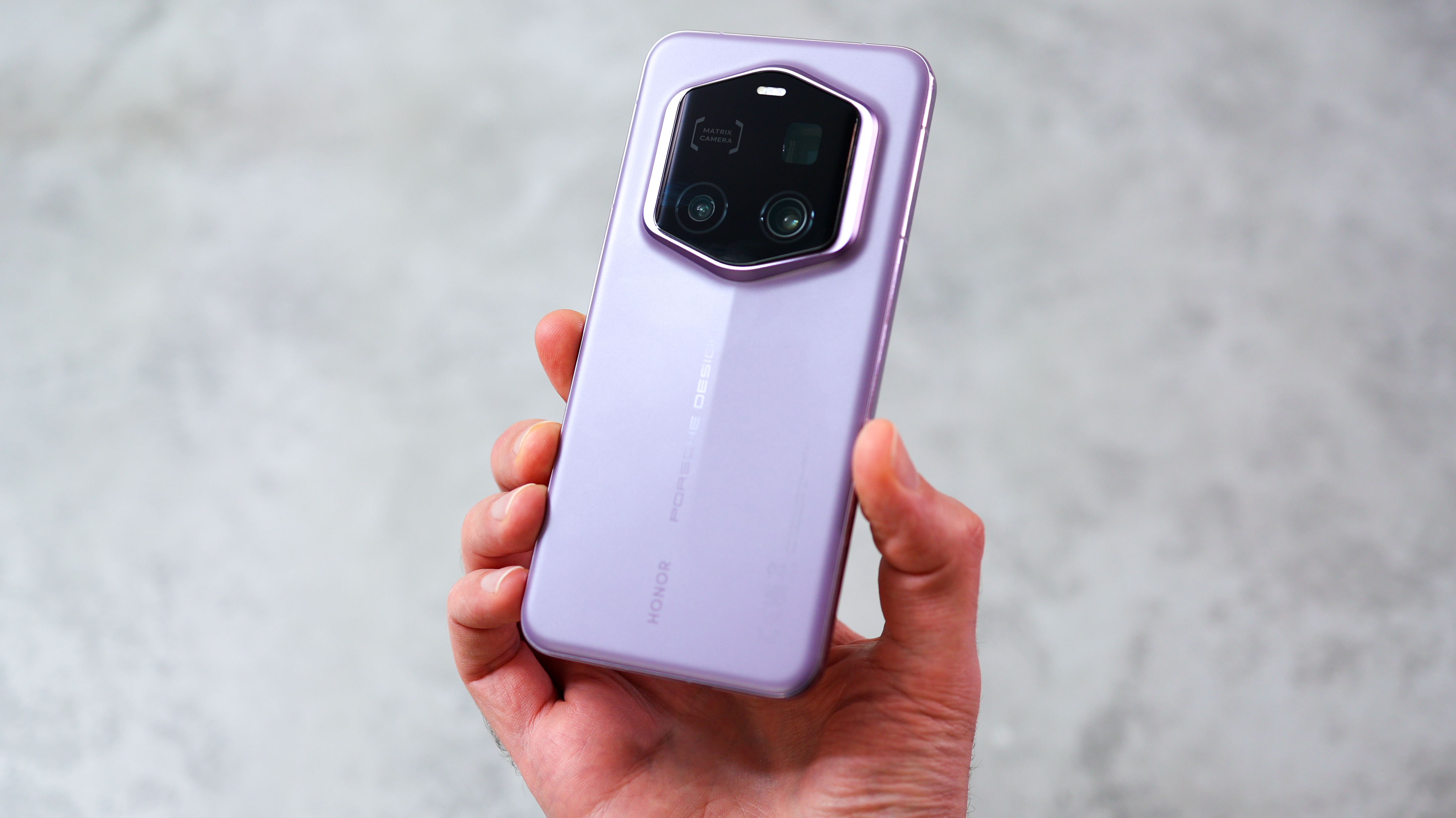
After a few weeks with the Magic 7 RSR, do its mighty specs translate to an excellent phone, or is the Porsche Design special edition simply another luxury item to admire from afar?
Honor Magic 7 RSR Porsche Design design
There are some key design differences between the Honor Magic 7 Pro and the 7 RSR, with the most notable being the back of the phone. While the vanilla 7 Pro embraces a simpler aesthetic than its predecessor, Porsche Design's alternative sports a six-sided camera surround and sculpted glass that runs vertically down it's center, adding a standout look and feel.
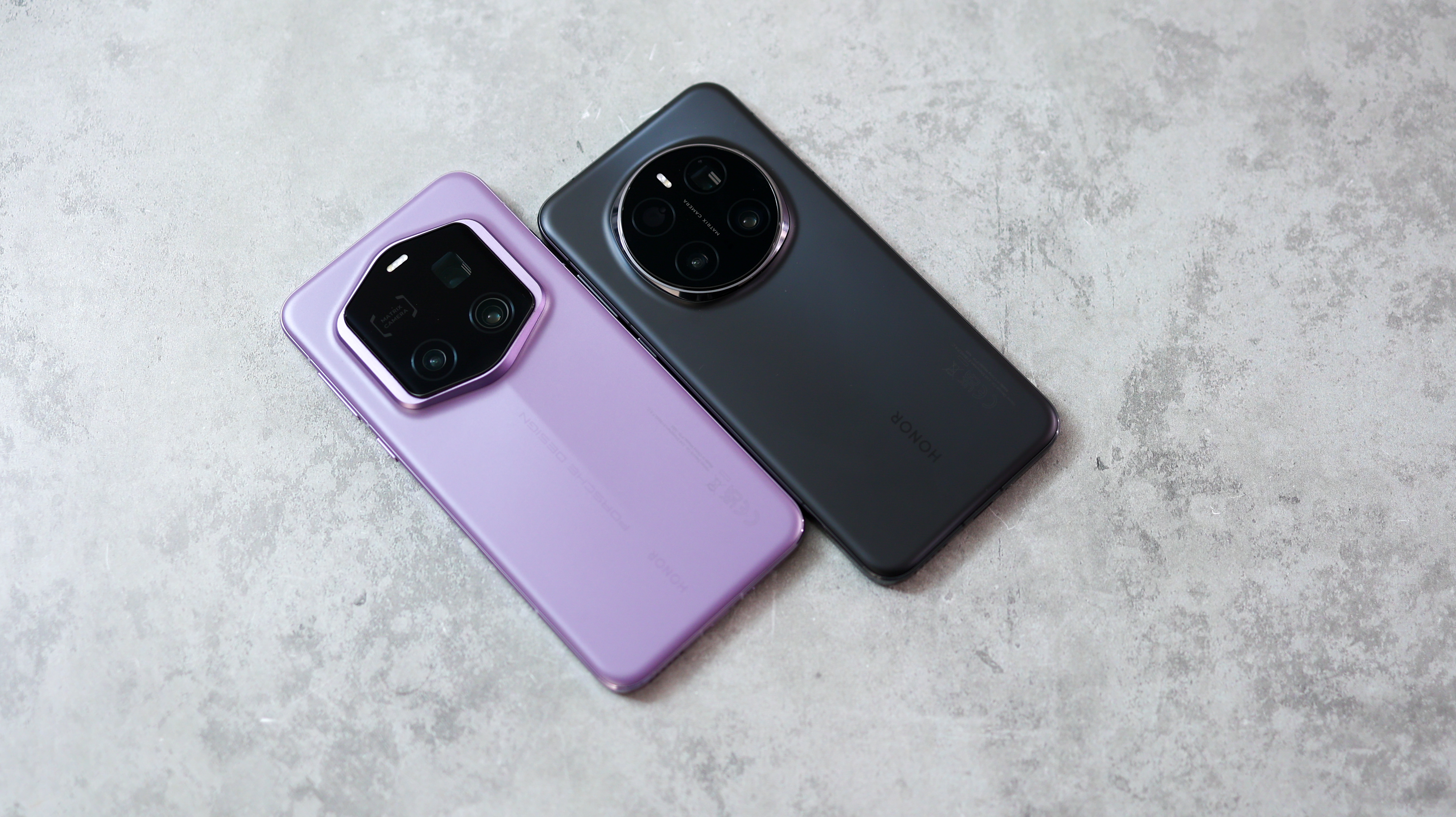
The 7 RSR is also slightly heavier than the 7 Pro – 228g versus 223g – and it’s available in different colors. I’ve spent a couple of weeks with the Provence finish, which carries a metallic lavender mauve coloring across the frosted glass back, polished metal frame, and blasted metal camera surround. Given the phone has such masculine energy with its stark accents and heft, the Provence option softens it tastefully. It’s also available in a much more traditional Agate, which is almost gunmetal in certain lights. Both options repel fingerprints brilliantly, and the cases in the box are color-matched, complete with a velour-style lining.
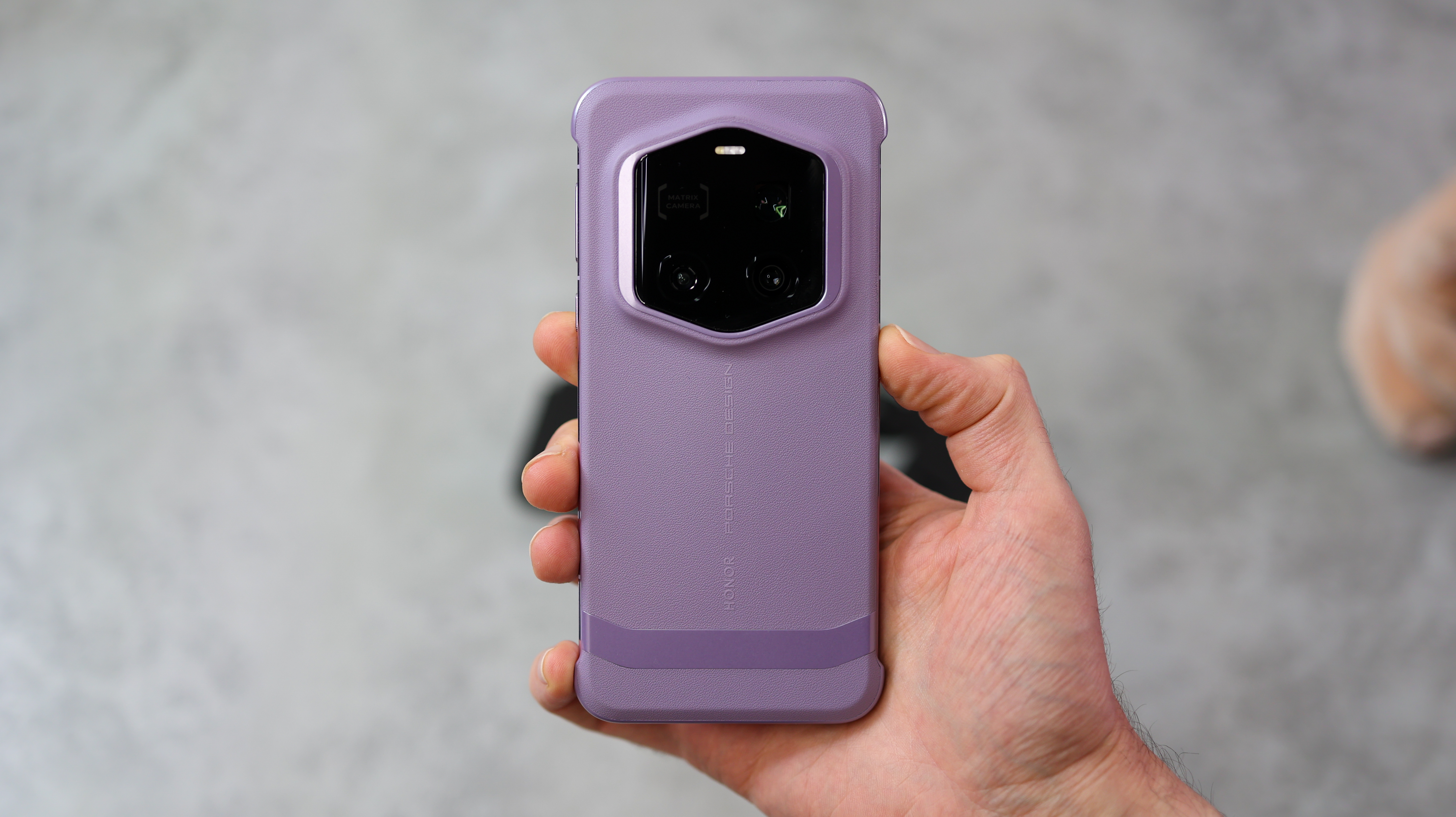
Despite its size and weight, the curved glass across the front and back, rounded corners and flat sides make it comfortable to hold if slightly slippery with cold, dry hands. Nevertheless, slip the included case on for extra grip and minimal added bulk, and the Honor Magic 7 RSR is a very good-looking phone indeed. It’s also durable, with IP68 and IP69 water and dust resistance, NanoCrystal Shield glass on the front, and an aluminum frame.
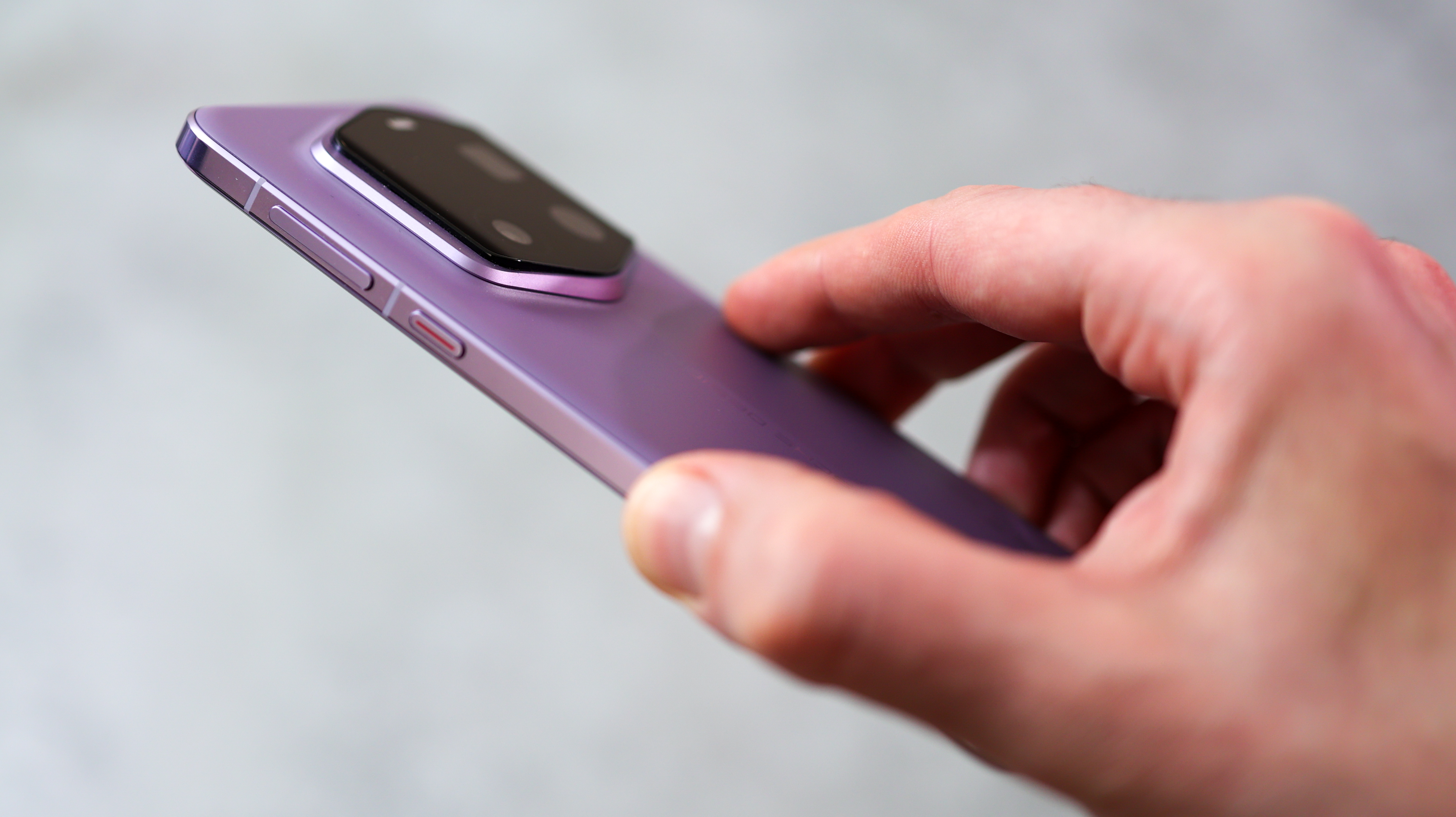
Big on size and subtlety, it’s the small things that help the 7 RSR stand out. The Porsche Design logo around the back is only visible when light hits it just right, the raised glass element descending beneath the camera is hardly visible from certain angles, and the camera surround is an almost perfect finger shelf resting atop your index finger for a more comfortable hold. There’s undeniably something special about this phone.
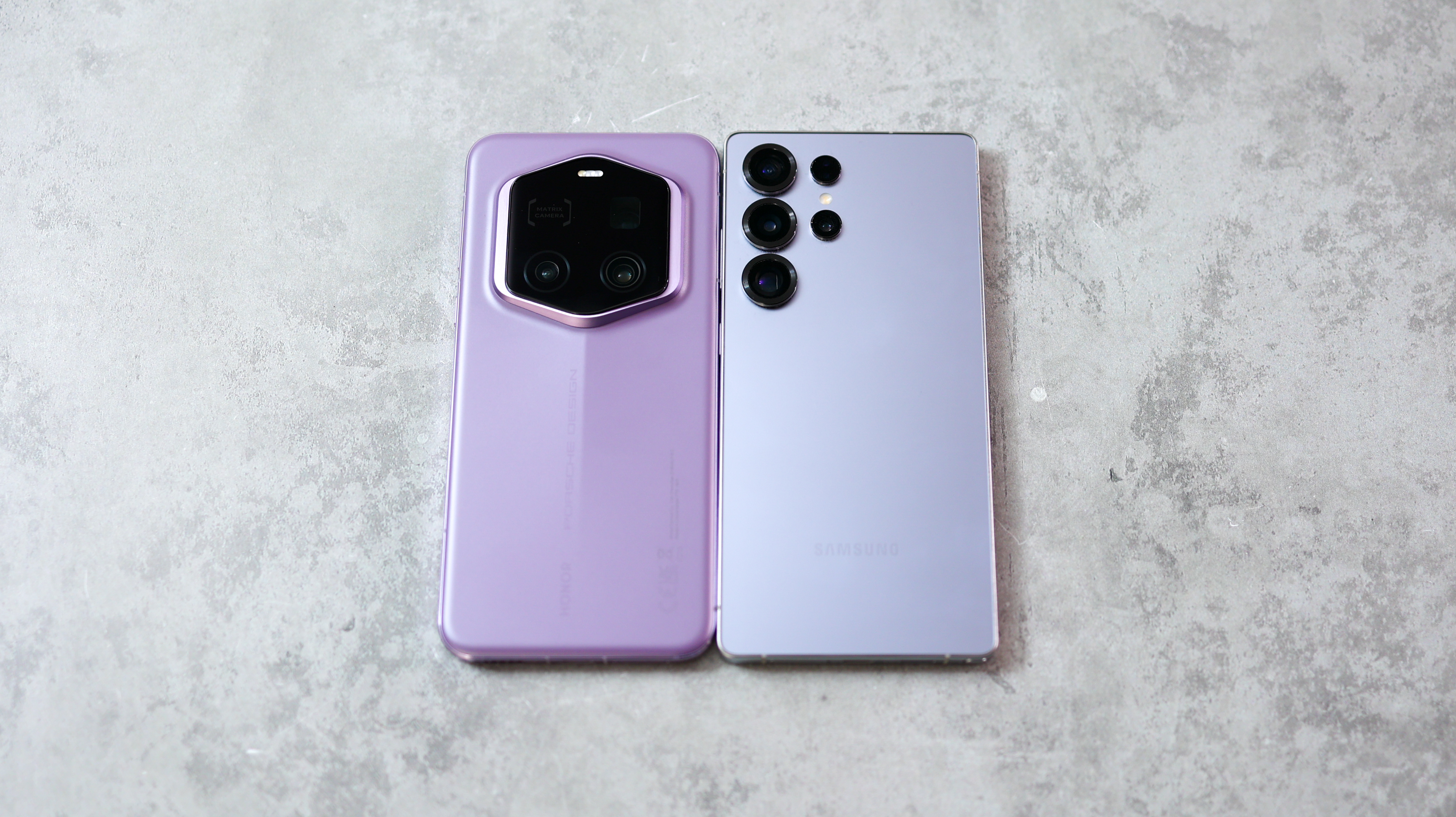
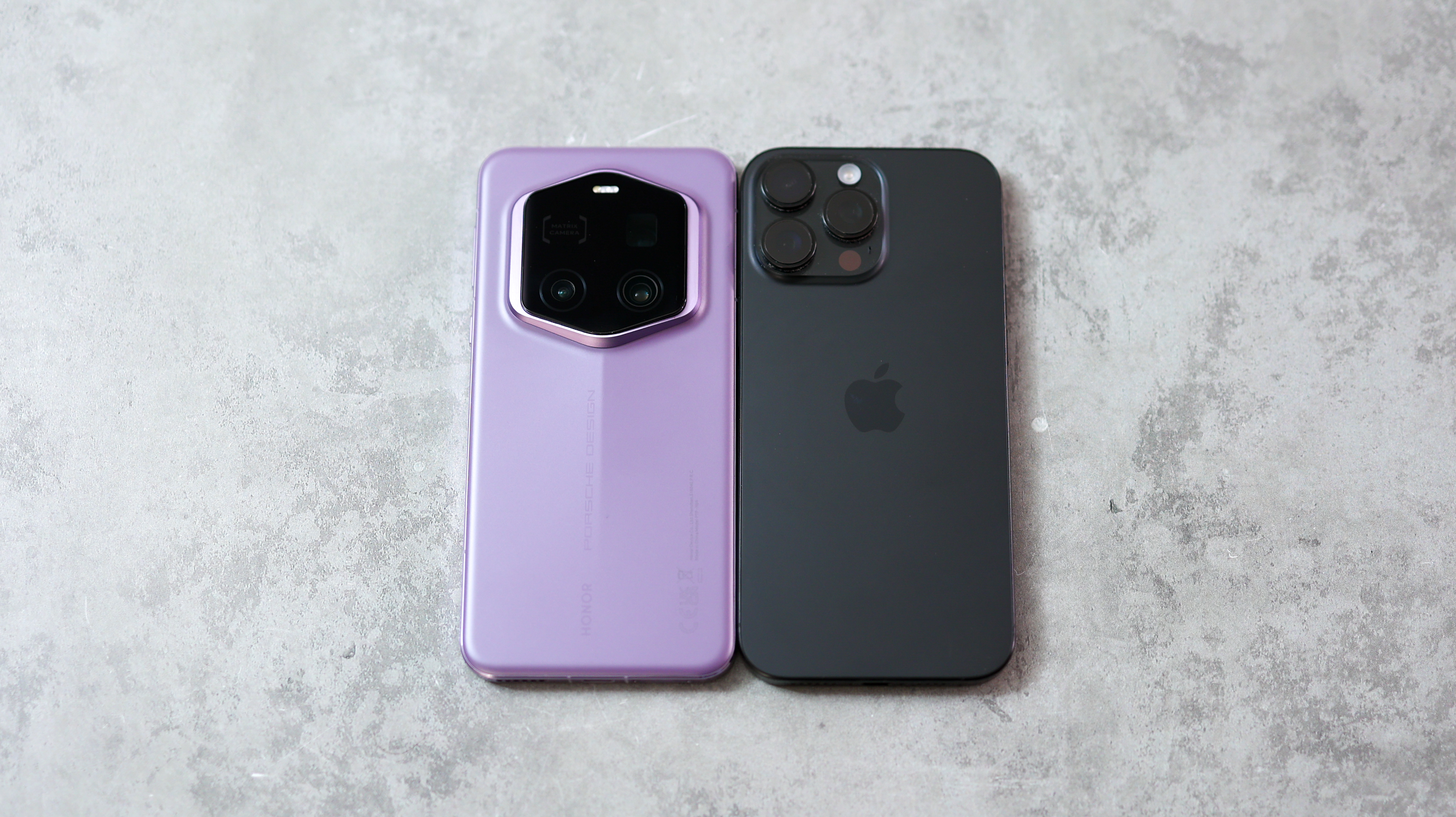
Honor Magic 7 RSR Porsche Design screen
The ample 6.8-inch screen on the Magic 7 Pro RSR is a beauty. It combines a quad-curved glass panel with a flat display, similar to the Xiaomi 14 Ultra, a smooth 120Hz refresh rate and a crisp, 453 PPI pixel density for detailed visuals.
When watching HDR content, the picture can beam at an eye-searing 5000 nits, and in standard conditions, that brightness caps out at 1600 nits, according to Honor. While our London skies didn’t test its limits, I managed to catch some direct sunlight and the screen was very easy to see. That said, coming from Samsung’s anti-reflective glass on the Galaxy S25 Ultra, the Magic 7 RSR’s screen felt markedly more reflective.
With a low minimum brightness, great contrast, 10-bit color, and Dolby Vision support, the RSR’s screen didn’t leave us wanting, and I was also happy to see Netflix certification is loaded up for Dolby Vision and HDR10.

More than sumptuous visuals, there are a few screen settings to sink your retinas into. Choose between Normal (sRGB or P3) color temperature or Vivid, or set your preferred tone. There’s also an eBook mode for a monochrome experience that’s easier on the eyes than traditional high-contrast monochrome, and Honor’s Eye Comfort Display is also a core part of the experience.
For anyone who hasn’t followed Honor over the last few years, eye health has been a huge part of its messaging, and the Magic 7 RSR has the full suite of Eye Comfort Display goodies. That includes Circadian Night Display, which manages color temperature, Defocus Eyecare, Natural Tone, and a blue light filter. The phone also has dynamic dimming, which is a fancy way of saying auto-brightness that’s more tailored to eye care than viewability, and 4320Hz PWM dimming for reduced flicker and less eye fatigue.
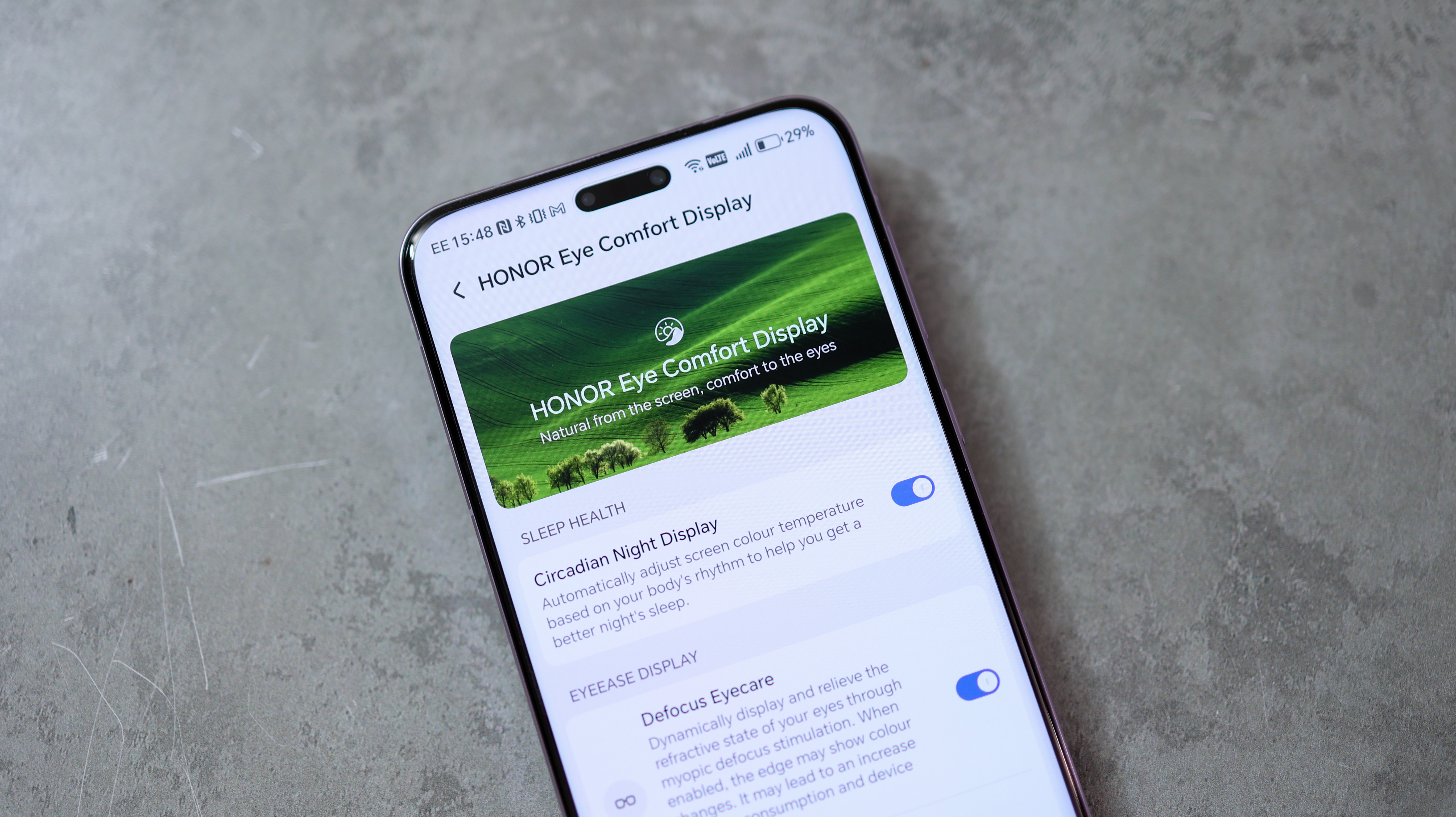
The worst thing about the screen is the pill shaped cutout selfie camera system, but that’s also one of the best things about it too. It packs similar biometrics to Apple’s Face ID, so can securely log you into banking apps and verify mobile payments, saving you from having to use the fingerprint scanner. A game-changer for glove-wearers, I’m still baffled that Honor’s the only Android phone maker that’s managed to get the feature in its flagships, but it’s great. One-upping Apple, the Magic 7 Pro also has an under-display, ultrasonic fingerprint scanner that’s quick to verify a digit, making both the vanilla Magic 7 Pro and RSR the most biometrically secured phones on the scene.
There are also some fun AI-labelled features taking advantage of the front camera setup that makes the Honor screen experience stand out. Smart Sensing, for example, can keep the screen on while you’re looking at it and change the screen orientation based on the orientation of your eyes. Eye tracking knows when you look at a new notification, and if you gaze at it for long enough, it opens it – this worked about 60% of the time, but is a neat party trick – and you can also waft the screen to scroll through your gallery. The only one of those I really loved was Smart Sensing, but it’s good to see Honor innovating with its tech across hardware and software.
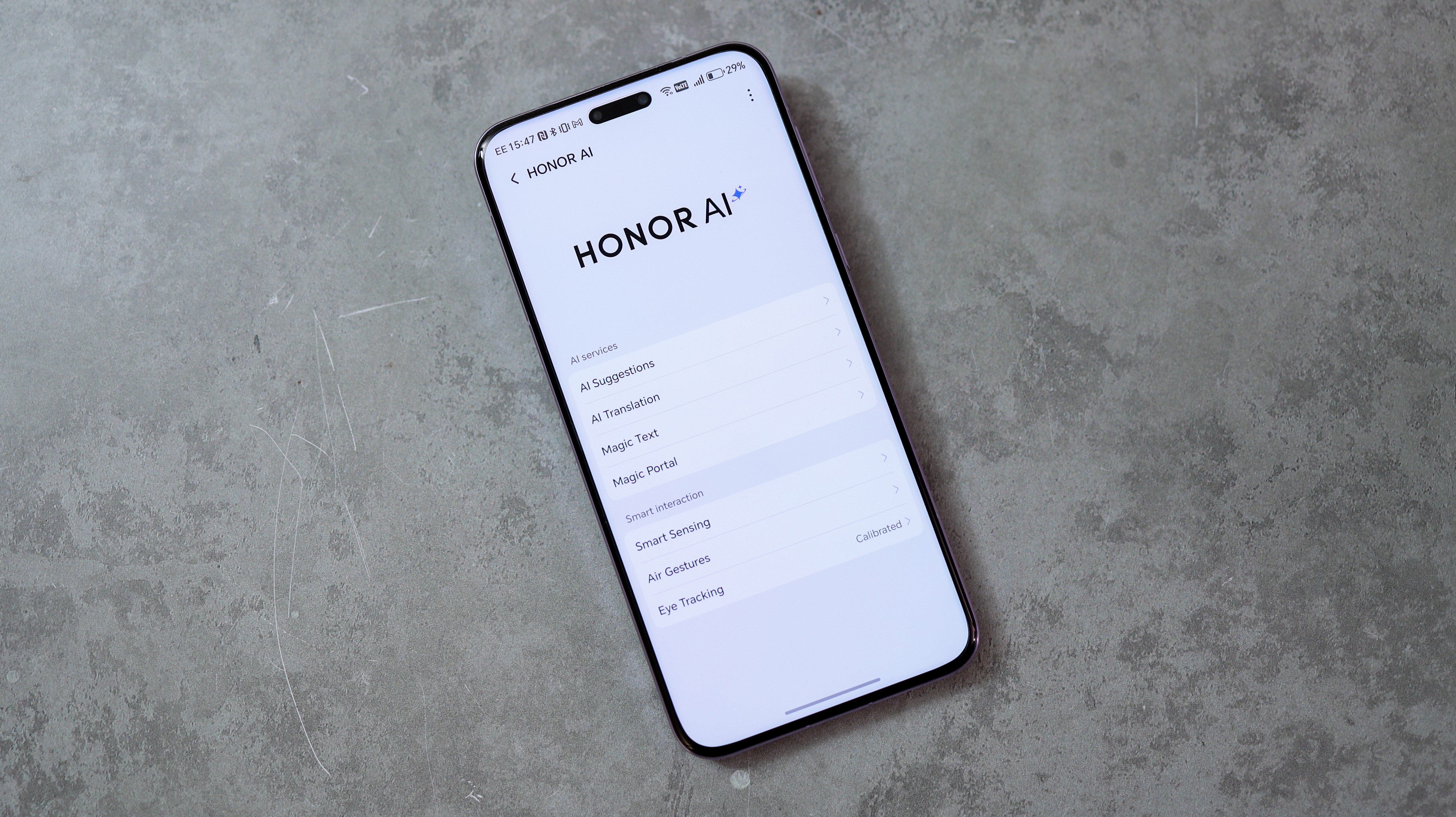
All the Honor Magic 7 RSR’s display highlights – which are identical to those of the lower-cost Honor Magic 7 Pro – create a fun, standout screen experience built on a foundation of a quality image, so long as you don’t mind the pill-shaped cutout.
Honor Magic 7 RSR Porsche Design camera specs
The Honor Magic 7 RSR has the same primary, ultra-wide, and selfie camera setup as the Magic 7 Pro, however, the telephoto camera gets an upgrade, with the fastest aperture I’ve seen on a periscope camera to date.
13mm ultra-wide camera: 50MP, 1/2.88-inch sensor, f/2.0 aperture with AF
23mm wide camera: 50MP, 1/1.3-inch sensor, f/1.4-f/2.0 variable aperture, AF and OIS
72mm telephoto camera: 200MP 1/1.4-inch sensor, f/1.88 aperture, AF and OIS
22m front camera: 50MP, 1/2.93-inch sensor, f/2.0 aperture, AF
While the Magic 7 RSR's telephoto camera can’t punch in as far as some competition like the 6x Oppo Find X8 Pro optically, the 3x, 72mm focal length is a personal favorite of mine, especially when matched with a close near-focus-distance, which it is on the 7 RSR.
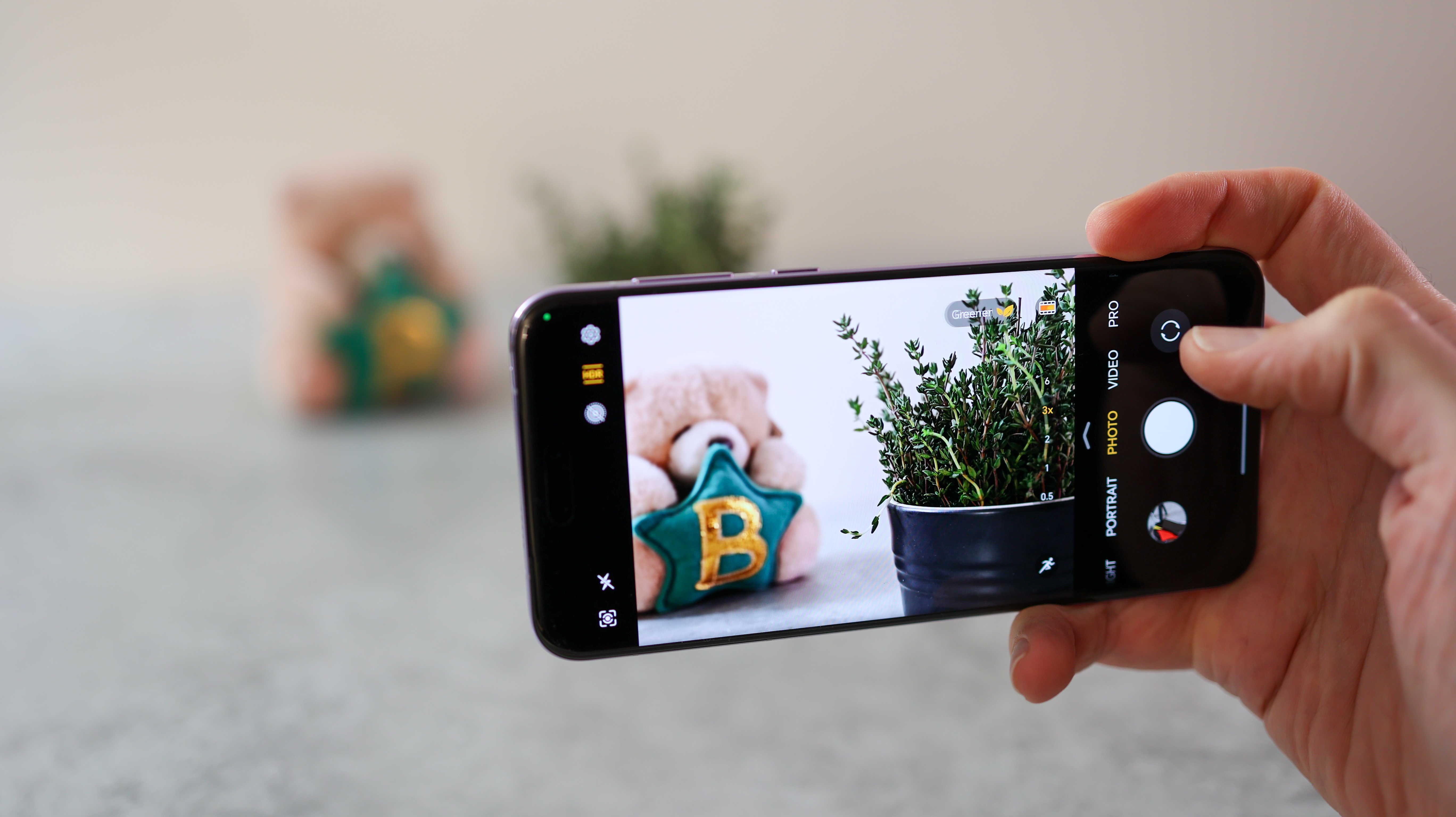
Focusing as close as around 18cm, the 7 RSR’s periscope camera opens the telephoto up to product and food photography, in addition to standard telephoto fare such as portraits and zooming. It will come down to personal preference; while I’m a fan of 70mm periscope shots because of the drama they can create when capturing nearby objects, Gareth, who tested the Magic 7 Pro, prefers the 120mm equivalent, 5x reach the iPhone 16 Pro and Pixel 9 Pro capture.
The Magic 7 RSR has all the typical smartphone shooting modes, plus highlights, including Honor’s Motion Sensing capture, which automatically takes action shots at the right time, Studio Harcourt portrait capture, adding a tuned sense of drama to shots of subjects – I’m a big fan of Harcourt Classic specifically, a monochrome look that elevated the Honor 200 Pro – and there’s also Pro photo and Video. One frustrating limitation is a lack of RAW capture from the 200MP telephoto camera or ultra-wide, with only the primary camera able to capture RAW images natively.

As far as video capture goes, the Magic 7 RSR records at up to 4K 60fps from all cameras around the front and back which is great for vloggers. As we’ll come onto, video looks very good, especially from that periscope camera. However, with Samsung introducing LOG video in the S25 series and Vivo adding it to bring the Android offering more in line with Apple’s video performance, it’s a shame Honor hasn’t unlocked the feature for the Magic 7 RSR.
Honor Magic 7 RSR Porsche Design camera review
One of the highest praises we can give a smartphone is that its camera feels like a system, not three individual cameras, and for the most part, Honor’s Magic 7 RSR camera hits the right notes in that respect. Every camera is reliable, takes crisp photos, and benefits from flourishes like a fast aperture, nippy autofocus and respectable performance across most lighting conditions.
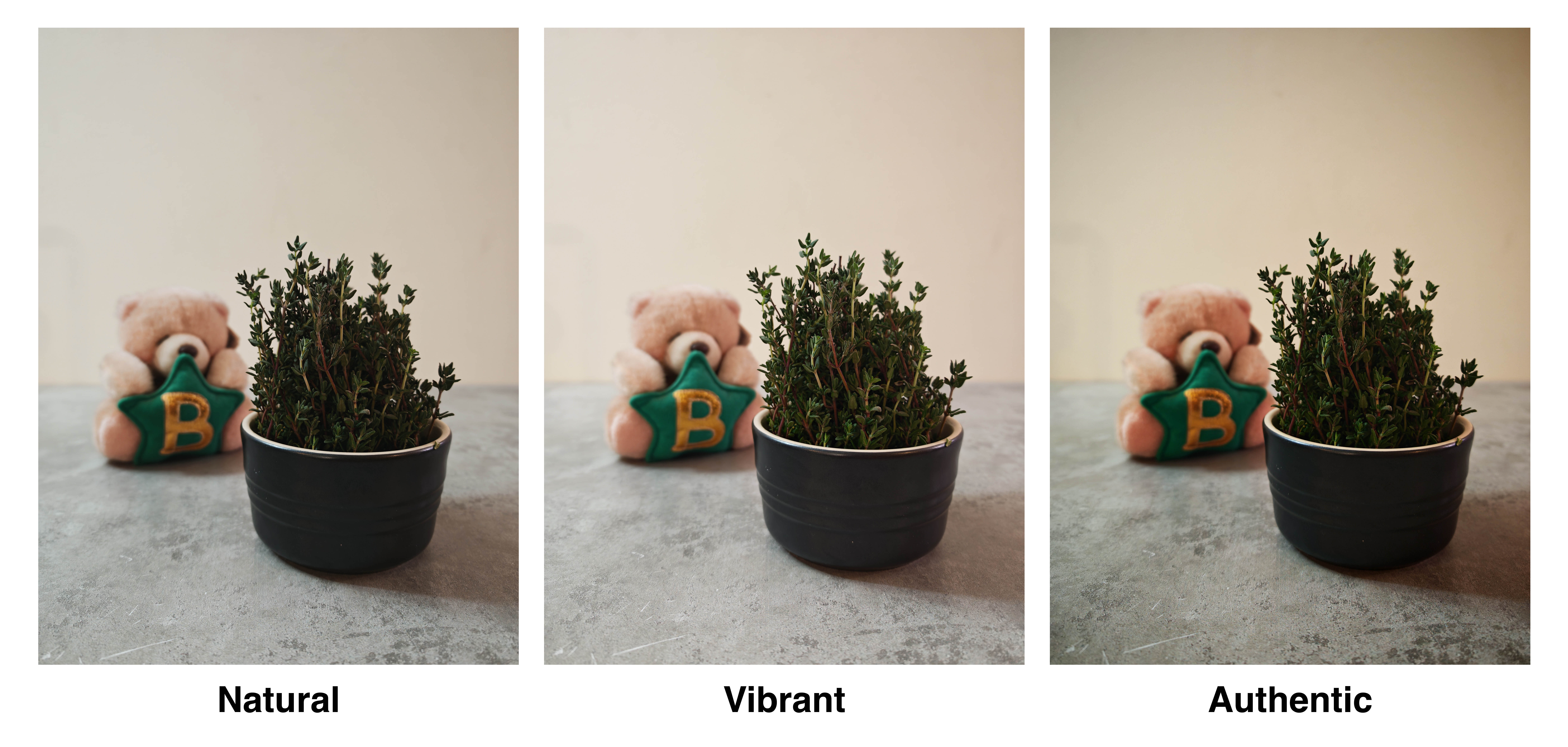
In photo mode, Honor offers three looks – Natural, Vibrant, and Authentic – with Vibrant being the most smartphone-like of the bunch. Natural is a bit more subdued, though still producing heavily textured shots in mixed lighting, and Authentic is more dramatic with a vignette and higher contrast, while also creating a warmer-looking shot.
We shot most of the photos in this review in Natural, however, we actually found ourselves leaning towards Vibrant more towards the end of our review period, so we would definitely suggest playing about with them on an ongoing basis.
Before covering the photo quality, it’s worth touching on how the Magic 7 RSR’s telephoto camera is better than the Magic 7 Pro’s. With its faster aperture, it captures a shallower depth of field, as well as superior low light results, you can see examples of both below, with the first set of photos taken in auto mode and the second set in manual with all the same shooting parameters except for aperture.
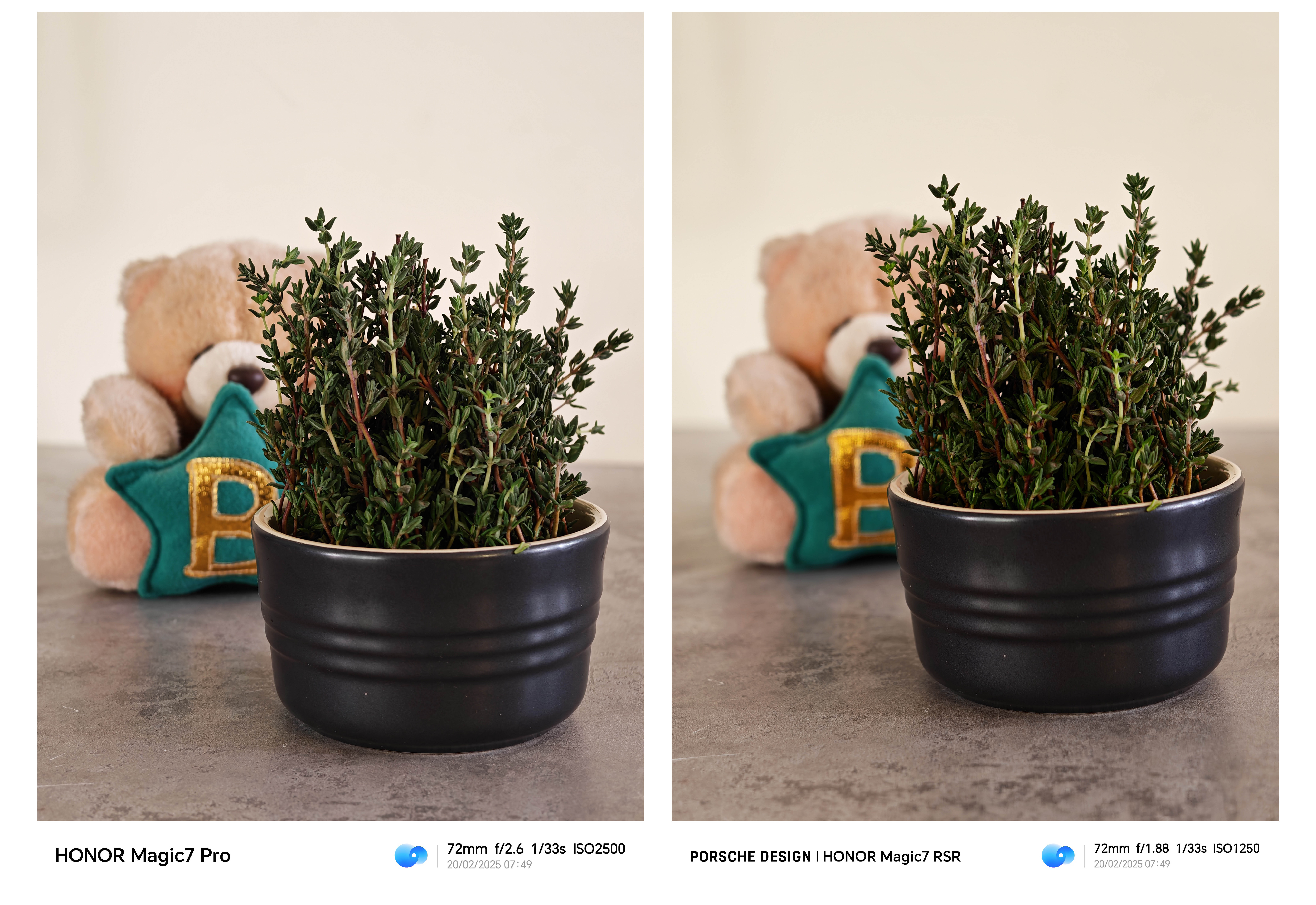
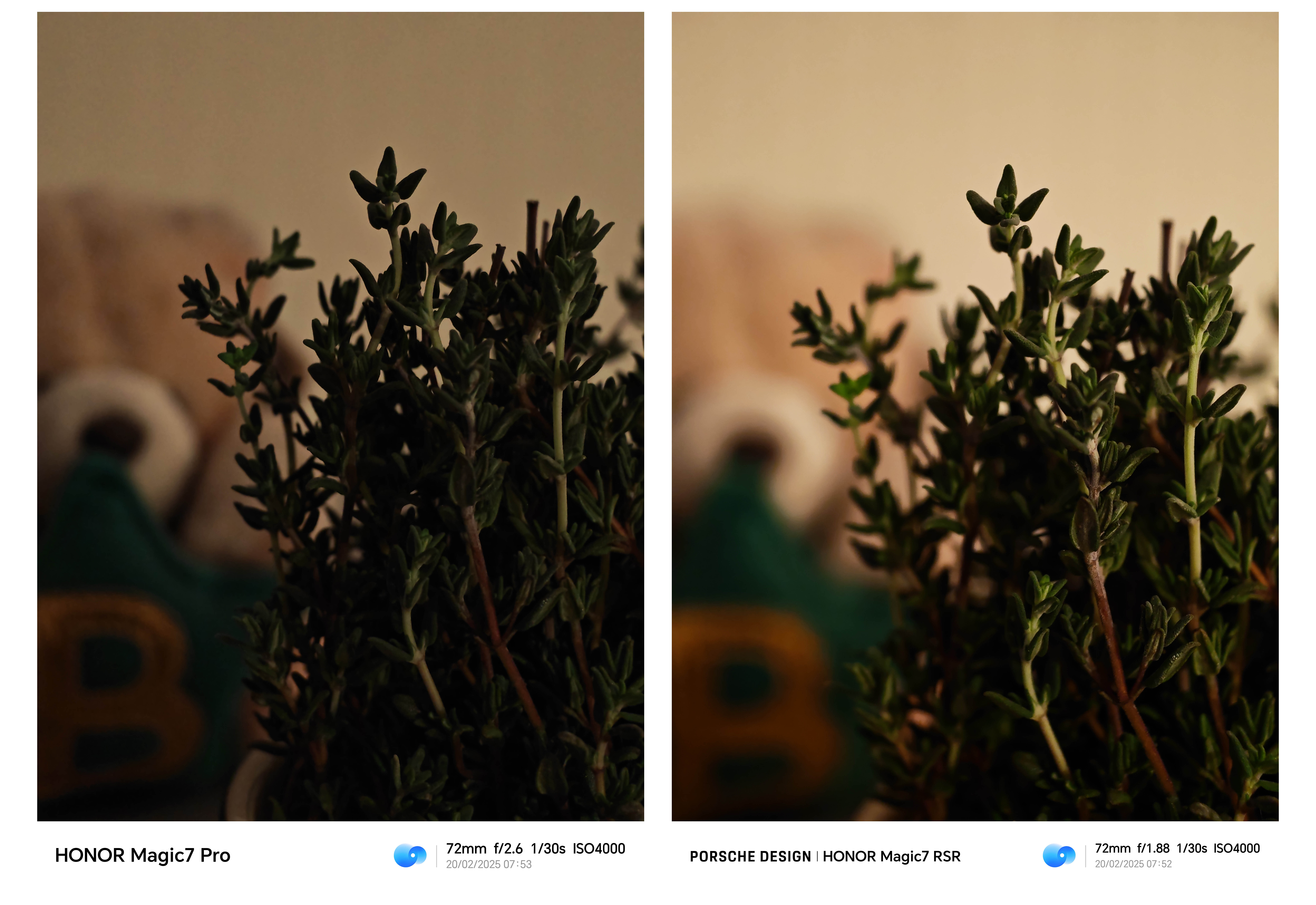
Once you settle on a look, daylight shots and photos taken in bright environments typically look great 90% of the time. Backlit subjects can generate too much of an HDR effect, especially true on the ultra-wide camera, and Honor’s processing generally applies too much texture to shots. You can see the photo below; even in Natural mode, it ramped up texture and clarity in my hand to create drama but ended up producing an unrealistic shot.
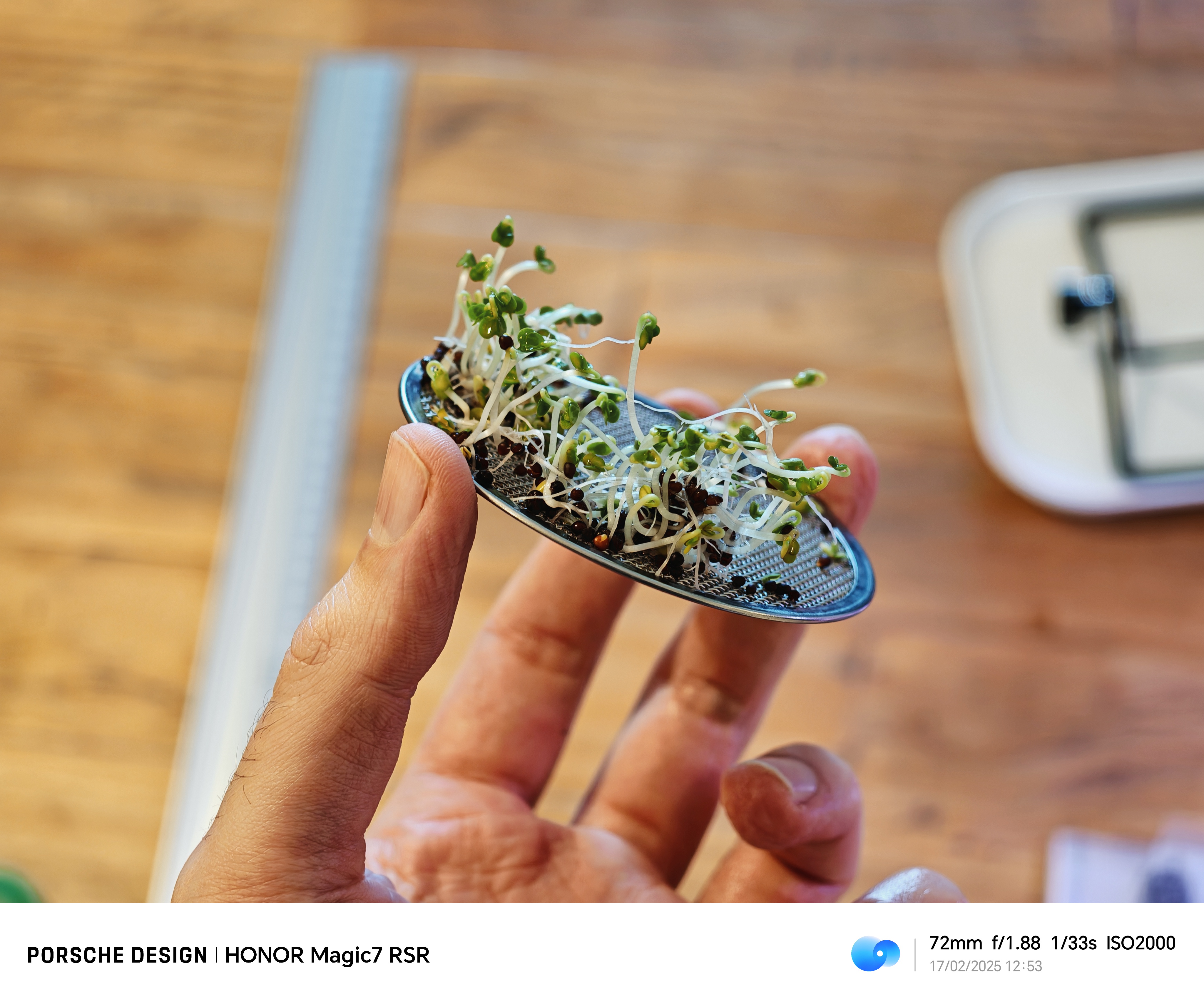
Thankfully, even jpgs are loaded with information and add plenty of scope for edits, so I could dial things back to create a more representative image. That said, I do wish Honor’s Natural mode was a bit more natural. If you want really natural-looking shots, we’d suggest firing up Pro mode. Thanks to quality hardware, even without all the computational magic of Photo mode, results typically look impressive with extra balance.
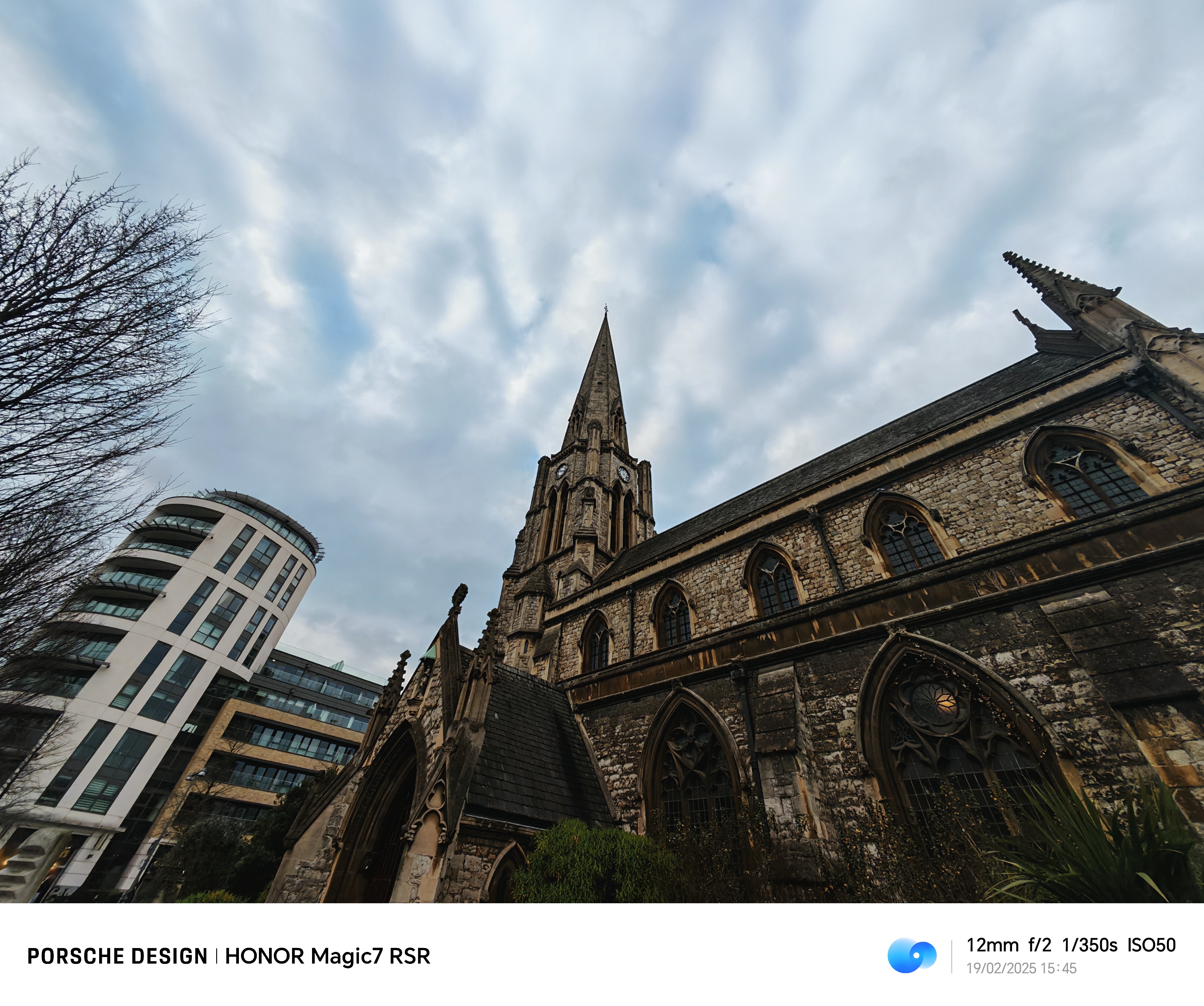
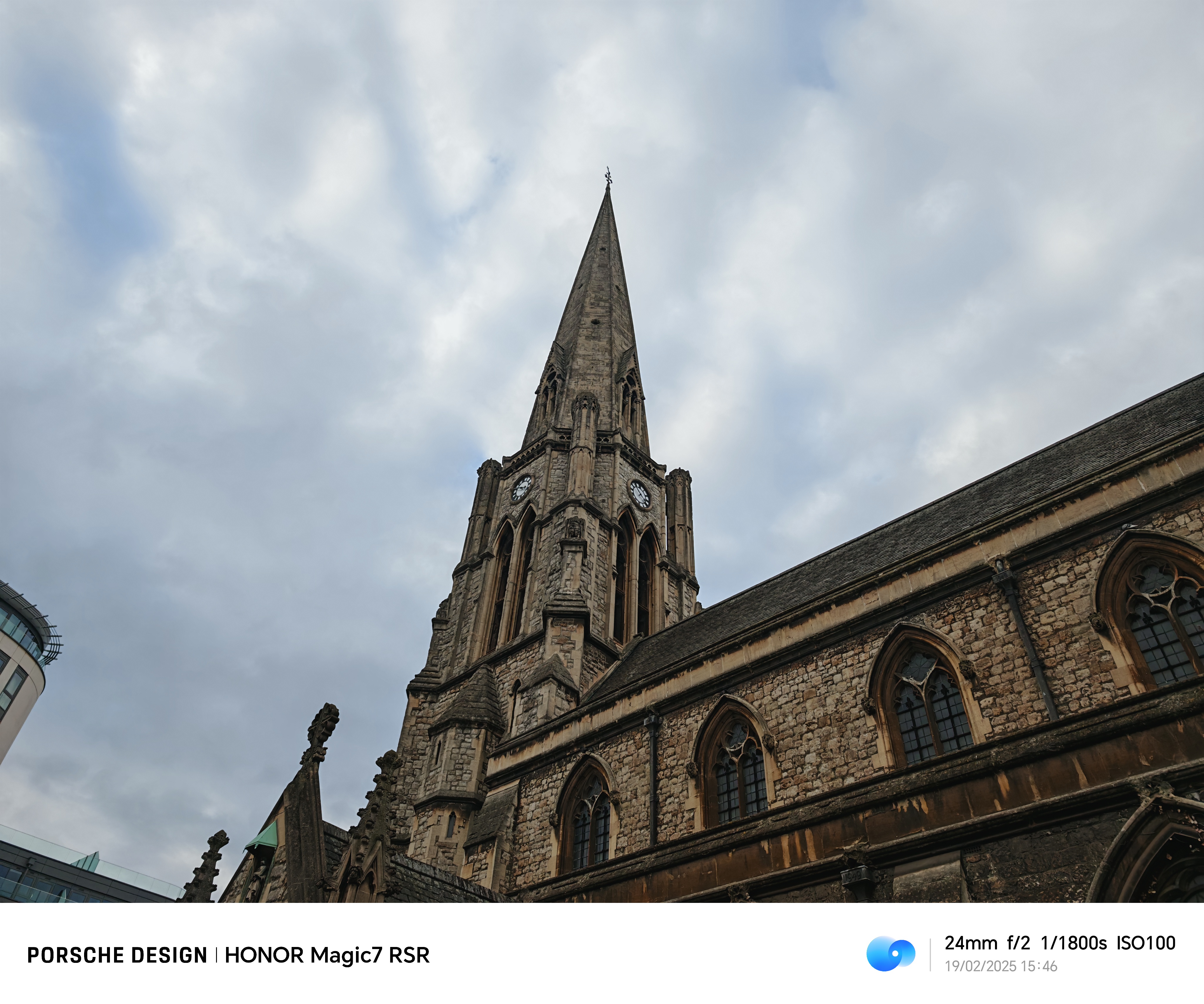
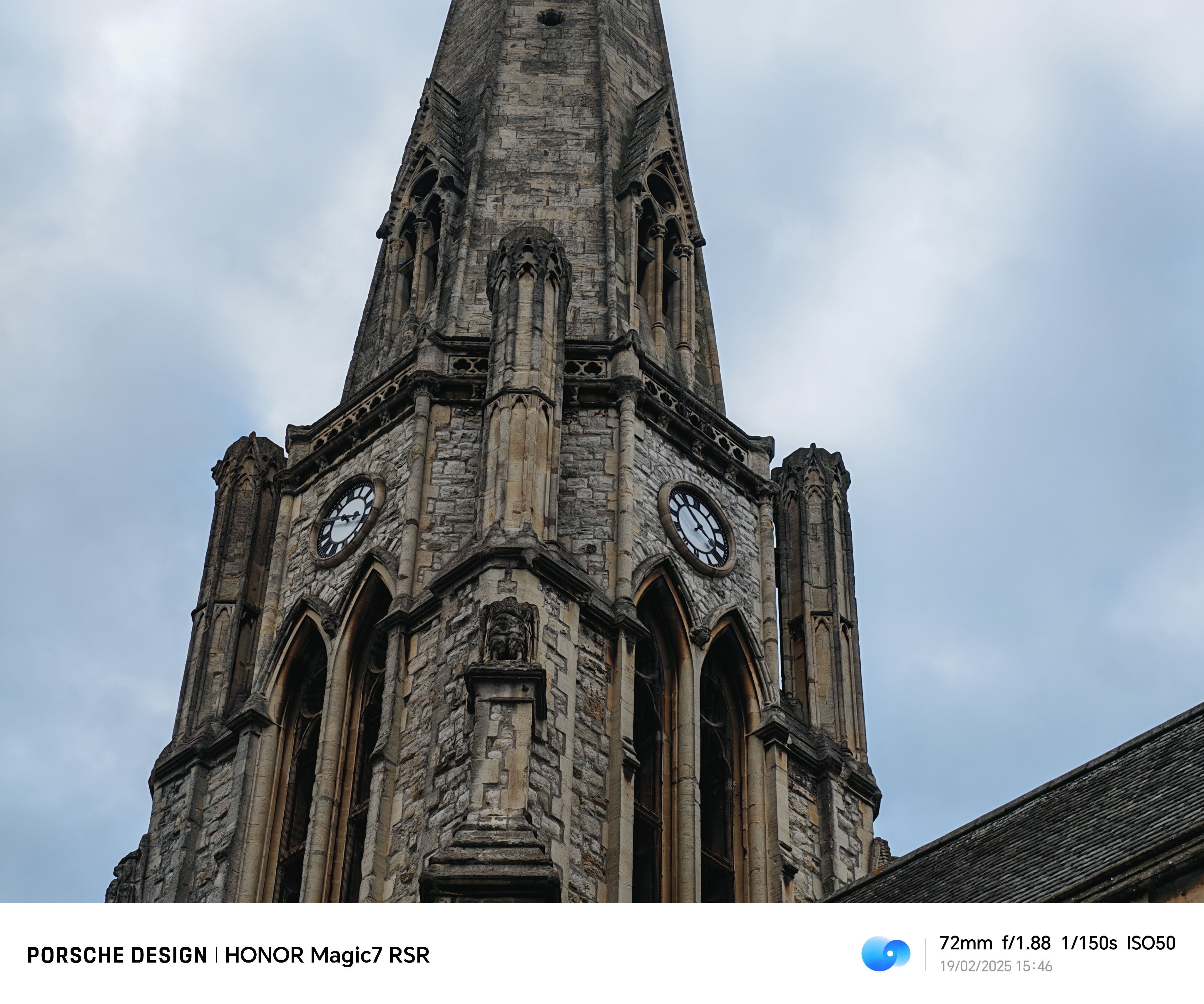
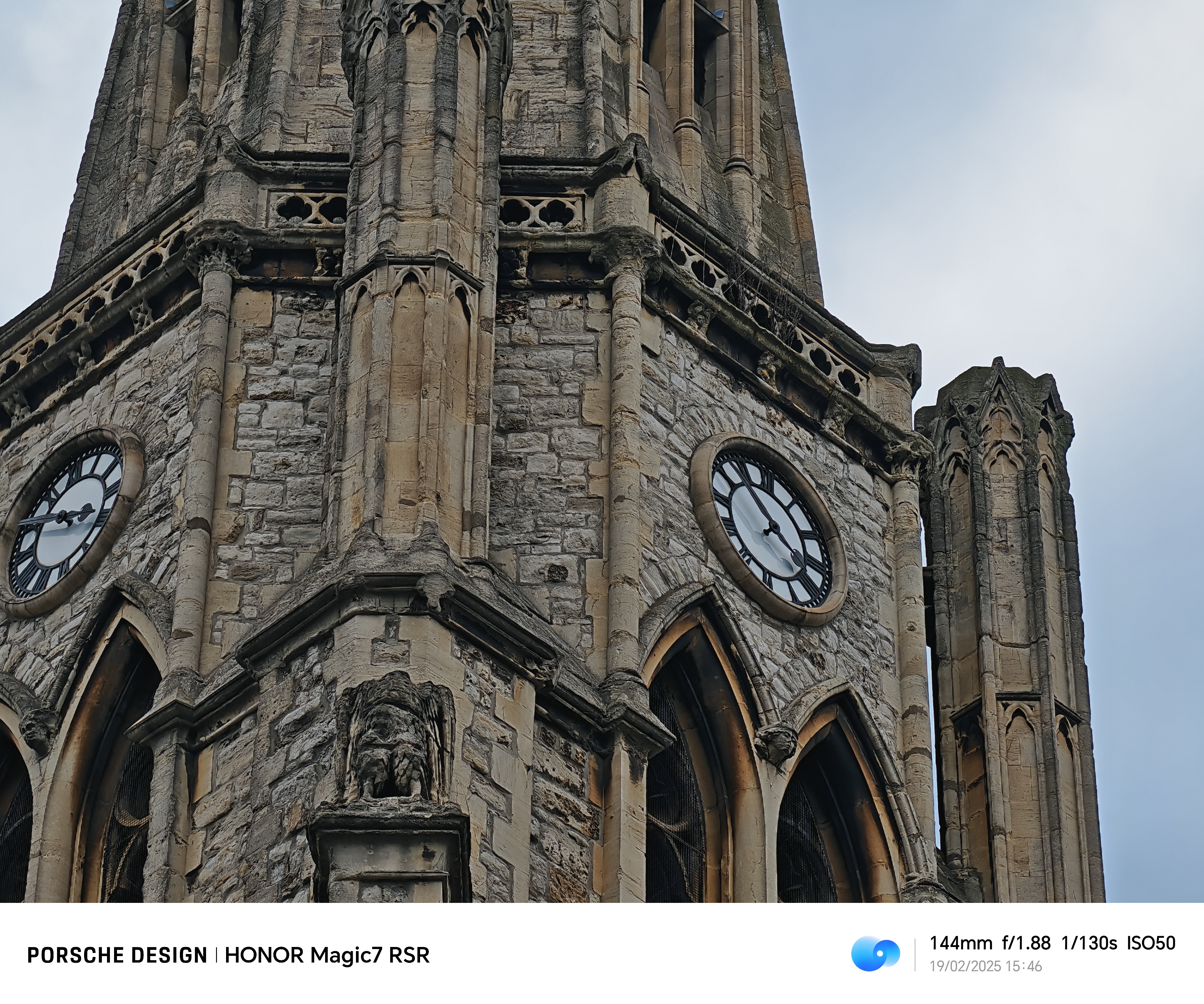
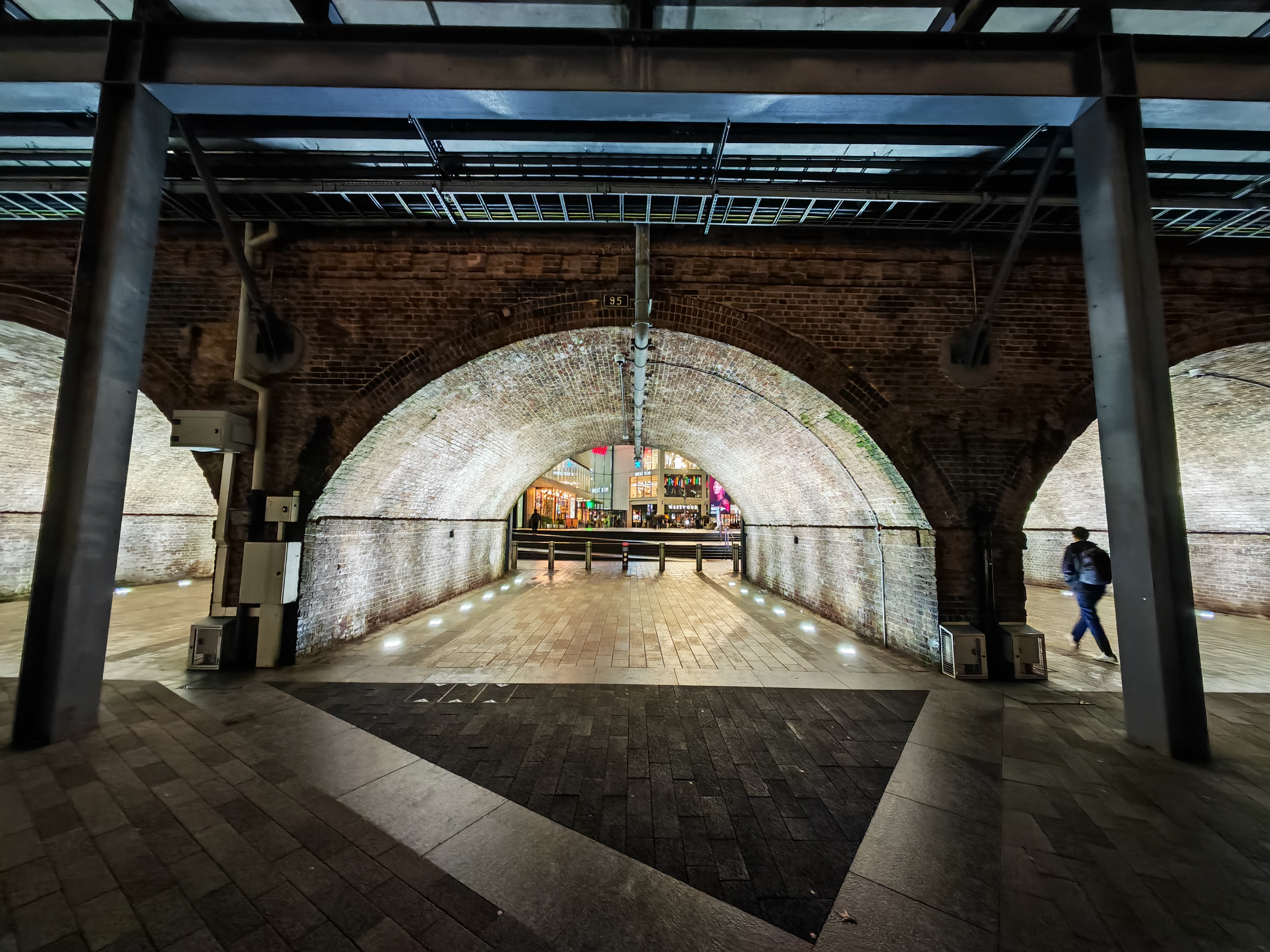
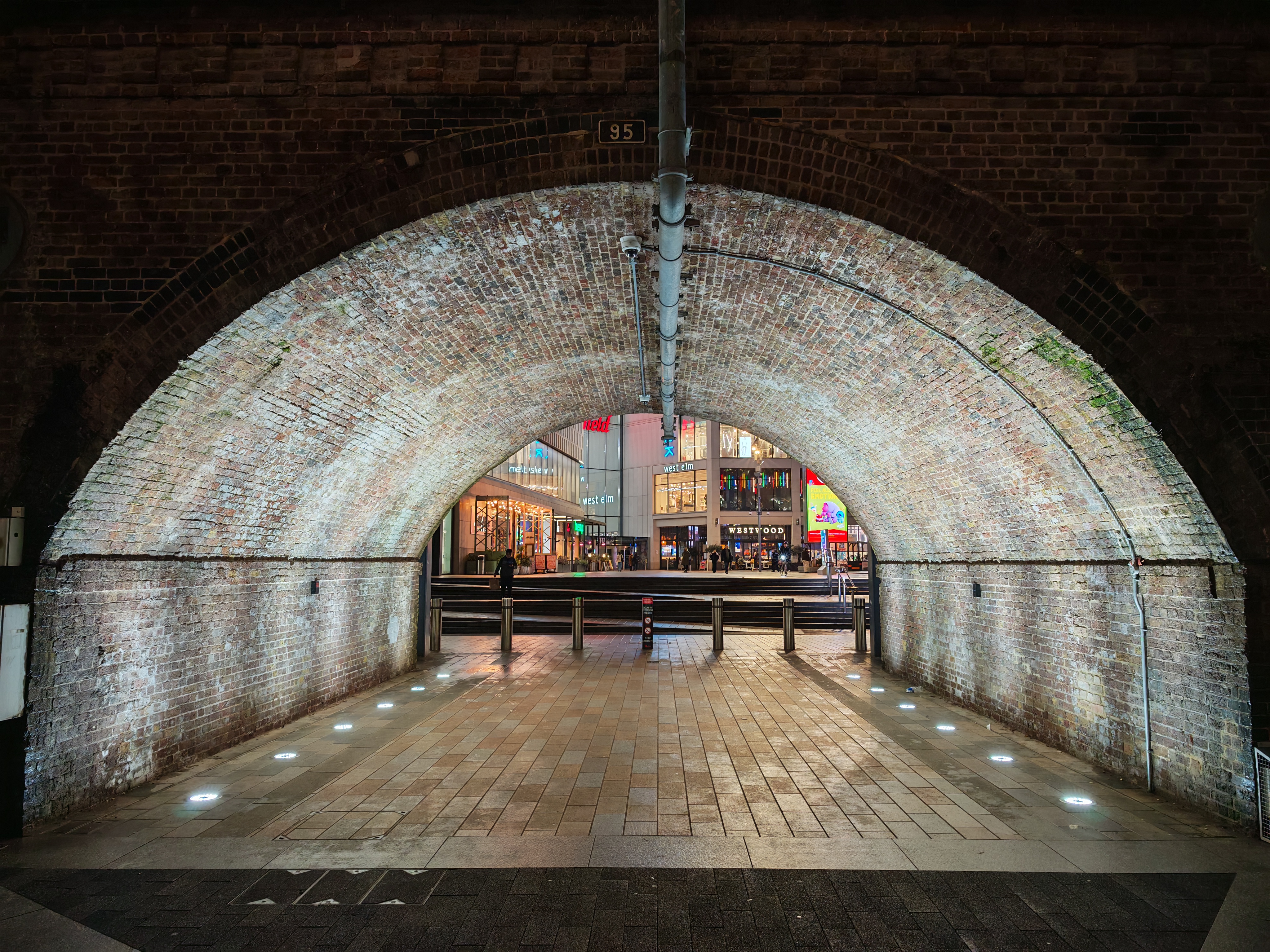
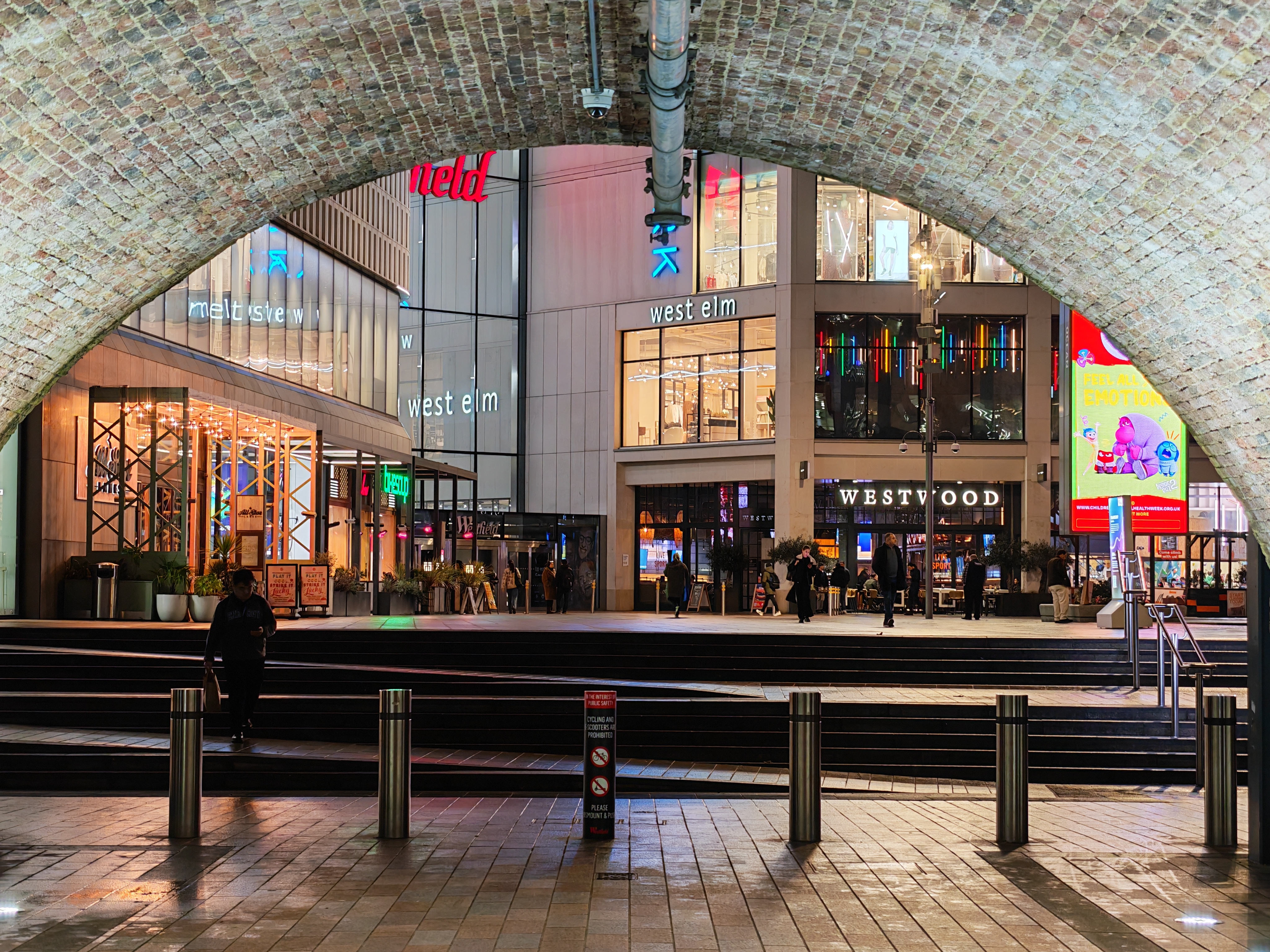
Pinch into shots and detail is abundant at all cameras' optical focal lengths, and when you zoom in beyond 10x, AI kicks in to sharpen things up. In the settings, you can choose to boost this with cloud AI. Because the 7 Pro RSR’s hardware is so strong, between the fast aperture, large, high-resolution sensor, and Honor’s onboard processing, we didn’t feel cloud AI added to the zooming experience, turning shots into oil painting-like renders. This is turned off by default, though, and even when you enable it, there’s an on-screen toggle to flick it on and off quickly, so it isn’t forced upon users like the AI zoom in the OnePlus 13 or Asus Zenfone 11 Ultra, which is great to see.
Lowlight photography looks impressive across all three cameras, with auto night mode kicking in. It’s especially respectable – possibly class-leading – on the telephoto camera thanks to that fast aperture and pared-back focal length. So, if you’re someone who loves to shoot at around 70mm, the 7 Pro RSR could be a great shout.
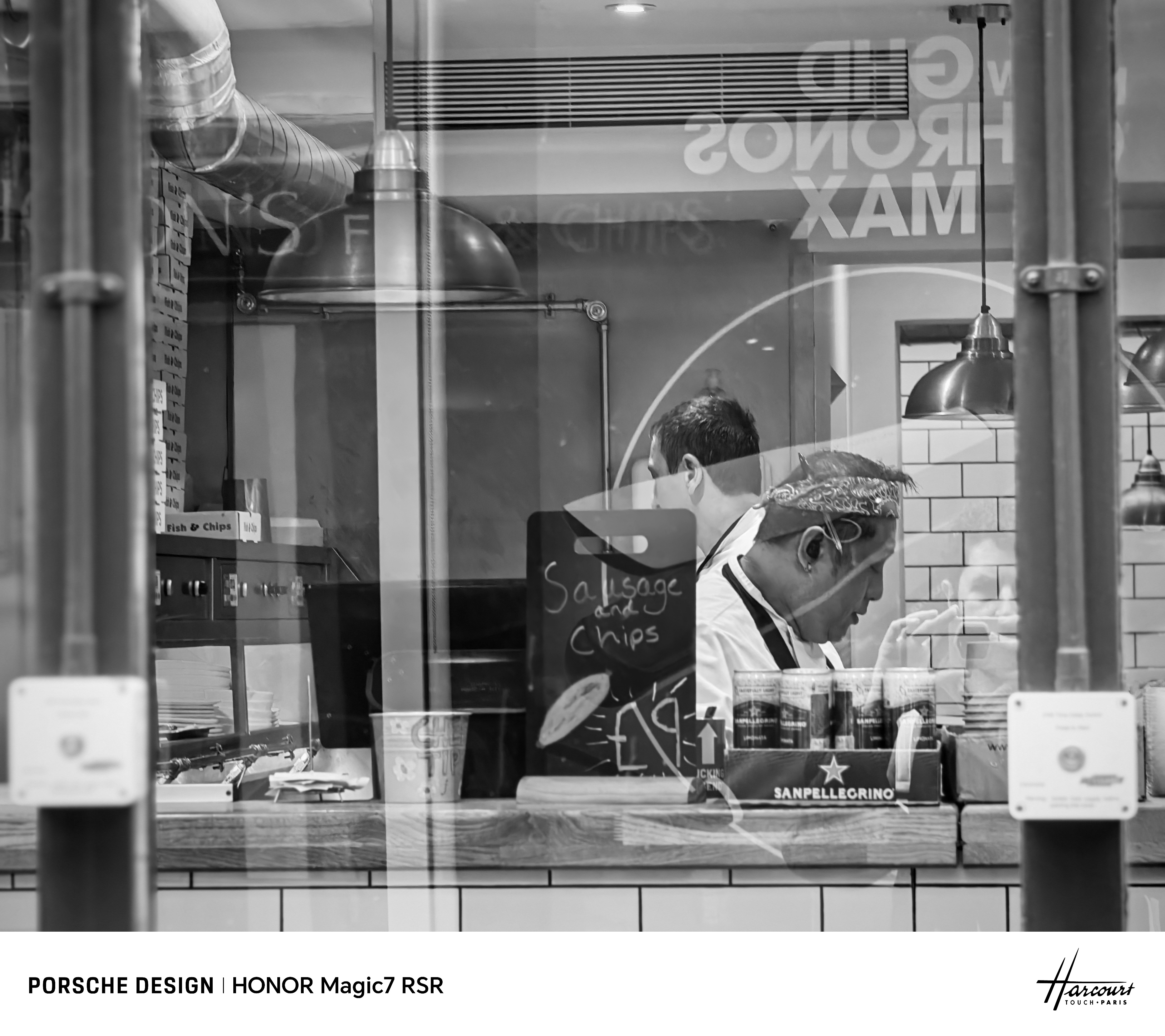
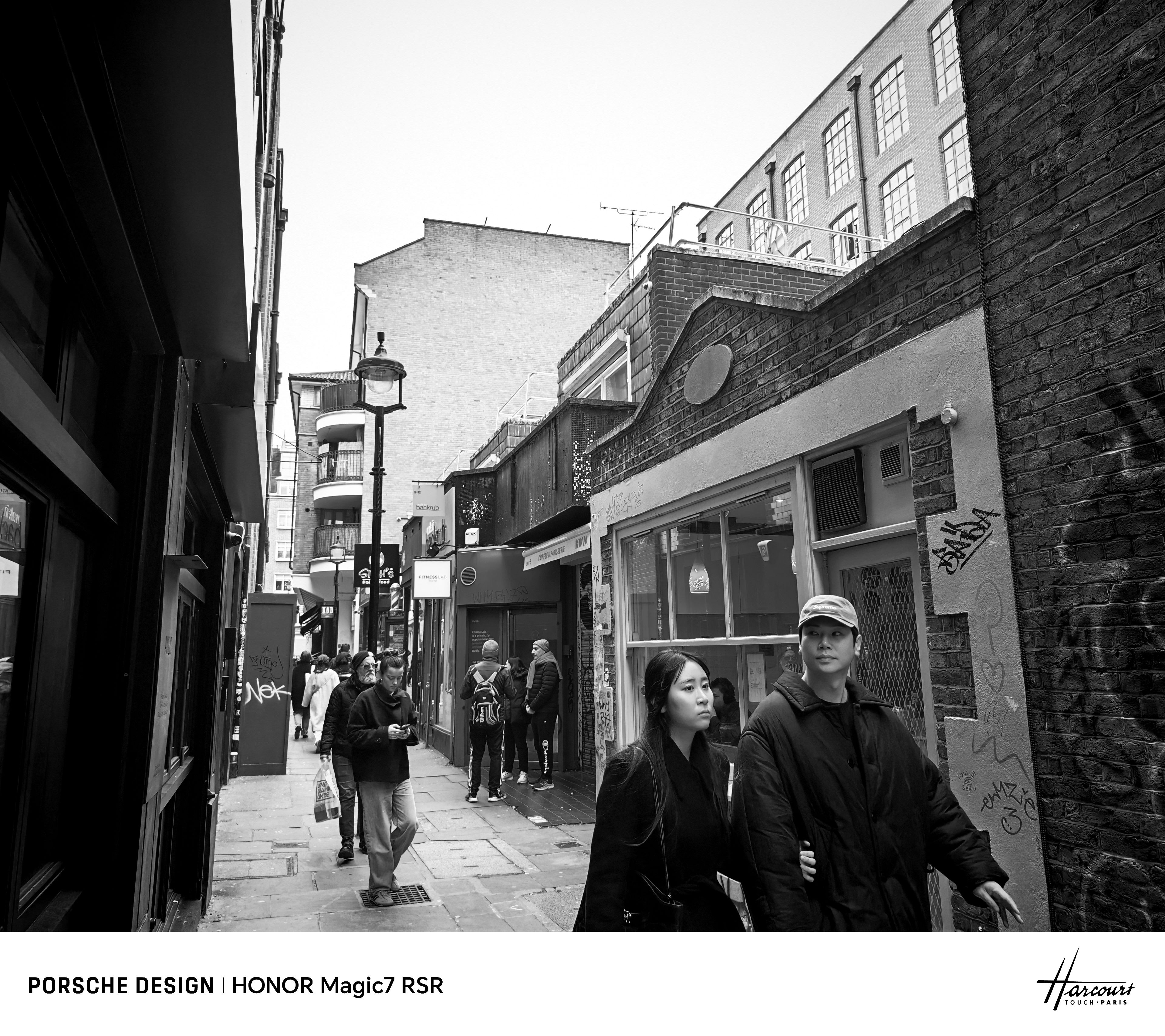
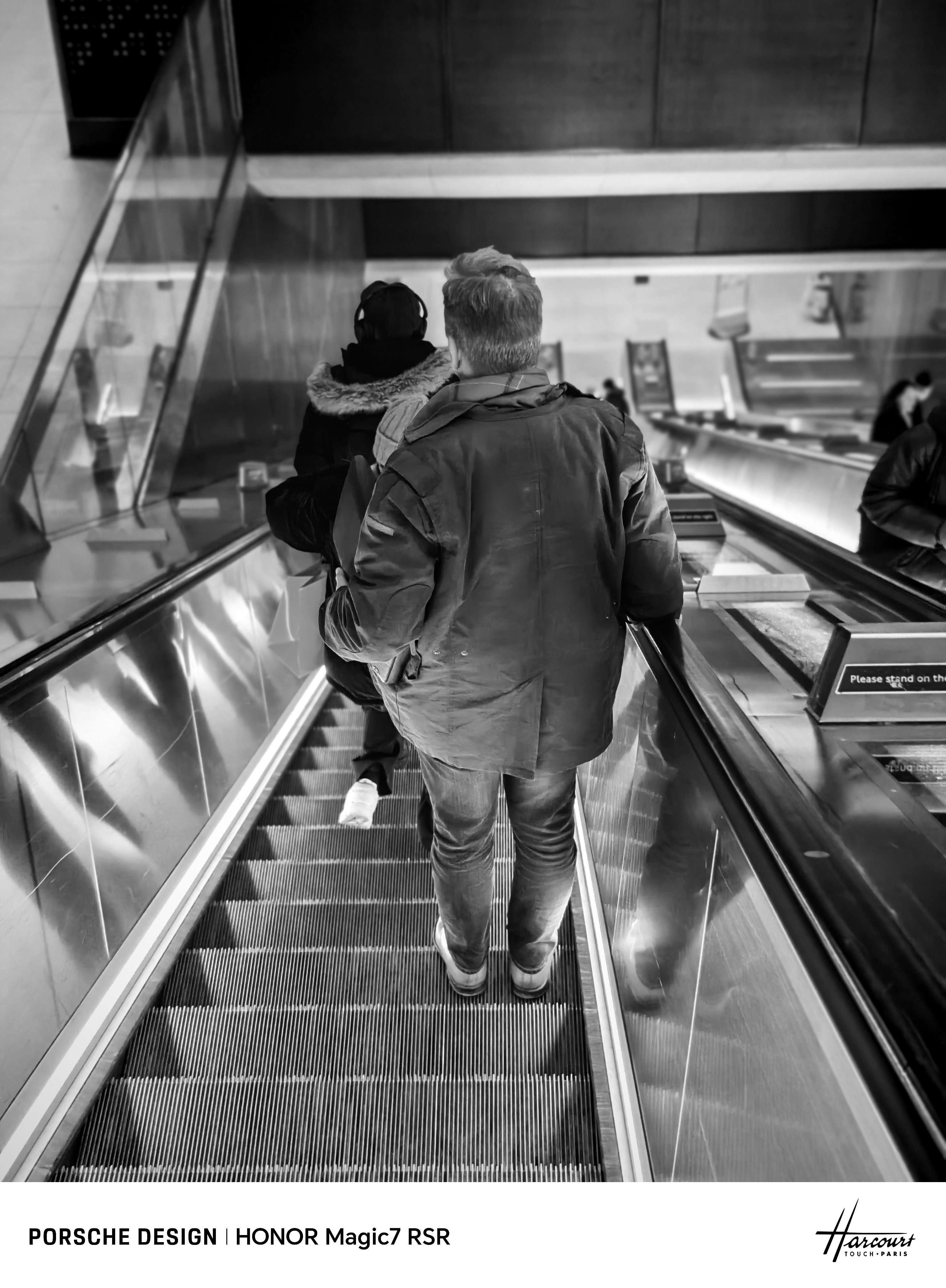
Honor’s Studio Harcourt portrait mode is loaded up as well. On more affordable devices and foldables with pared-back hardware, it’s an excellent addition as it ekes a bit more from the sensors. That said, on the Magic 7 RSR, it’s more of a nice-to-have. In particular, the Classic monochrome look strikes a winning balance for me personally, especially matched with the periscope camera.
Handheld video shot on the Magic 7 RSR looks great, with the periscope footage in particular shining at the 3x range thanks to that fast f/1.9 aperture pulling a cinematic amount of blur from backgrounds. When walking and shooting handheld, footage is nicely stabilized across the front and rear cameras; however, more intense juddering isn’t class-leading. It’s a shame Honor didn’t include LOG capture on the 7 Pro series. For now, the Galaxy S25 Ultra, Vivo X200 Pro, Xiaomi 14 Ultra, and, of course, the iPhone 16 Pro Max are the more pro-grade video options.
Honor Magic 7 RSR Porsche Design performance and battery
Both the Honor Magic 7 Pro and the special edition RSR version pack flagship power thanks to the Qualcomm Snapdragon 8 Elite within, so whichever you go for, expect top-tier gaming and multi-tasking performance. However, the RSR Edition sports a huge 1TB storage and 24GB RAM, so in theory, it can keep countless apps running in the background while also giving you space for years of photos, videos and games.
Whether or not this extra RAM contributes to superior future-proofing remains to be seen. One thing it doesn’t do is translate to class-leading benchmarks, as that mostly comes from the chipset and Honor’s tuning. Still, the 7 Pro RSR’s Geekbench and Antutu scores fall just behind those of the Redmagic 10 Pro (a gaming phone) and S25 Ultra, which has a slightly higher clock speed, so performance is excellent.
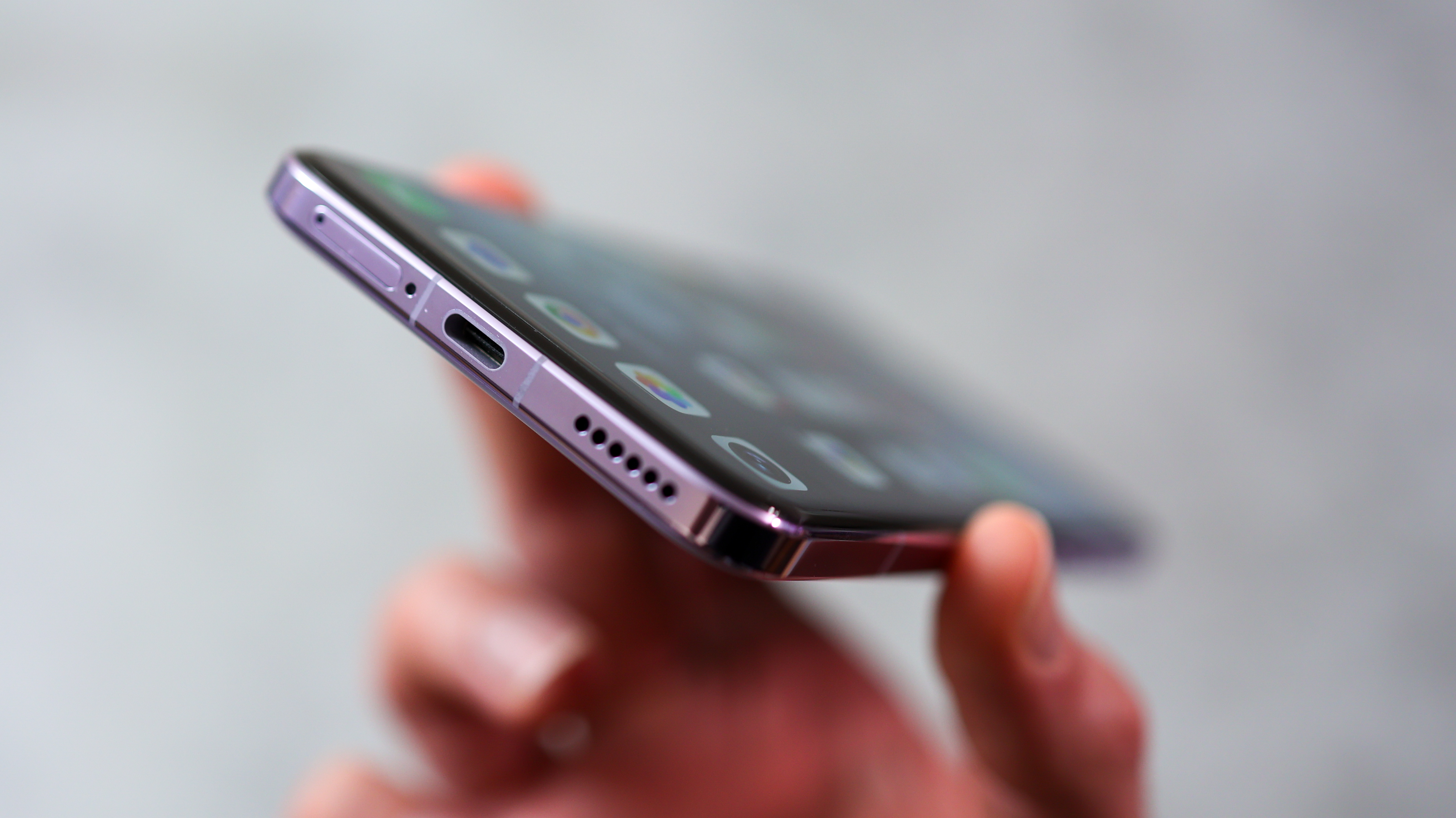
Wuthering Waves and Genshin Impact, two of the most demanding games available playback at maximum graphics settings without noticeable frames dropped or heat build-up for sessions of about 15 minutes. 4K video edits were also nice and quick and the phone can project a desktop UI to a monitor very smoothly (though this appears to cap out at 720p, frustratingly). Most importantly, I found the interface experience to be smooth after a couple of weeks of heavy use.
The speakers also deserve a special mention on the Magic 7 RSR. They’re loud, expansive, play back content with resonance and do a great job catching up to Apple and gaming phones when it comes to quality.
Honor’s interface is heavy. There are a fair few pre-installed Honor apps, an Honor Calendar, Email app, and Docs app, which doubles up on Google’s efforts. On the plus, a lot of these apps are uninstallable, and the UI is less bloated than Xiaomi’s HyperOS. Quibles aside, it’s also one of the most customizable mobile experiences available. I love how you can drag an app or folder to a 3x1 block, giving me quick access to apps I use daily – Spotify, Audible, and Google Tasks shortcuts, for example – as well as folders.
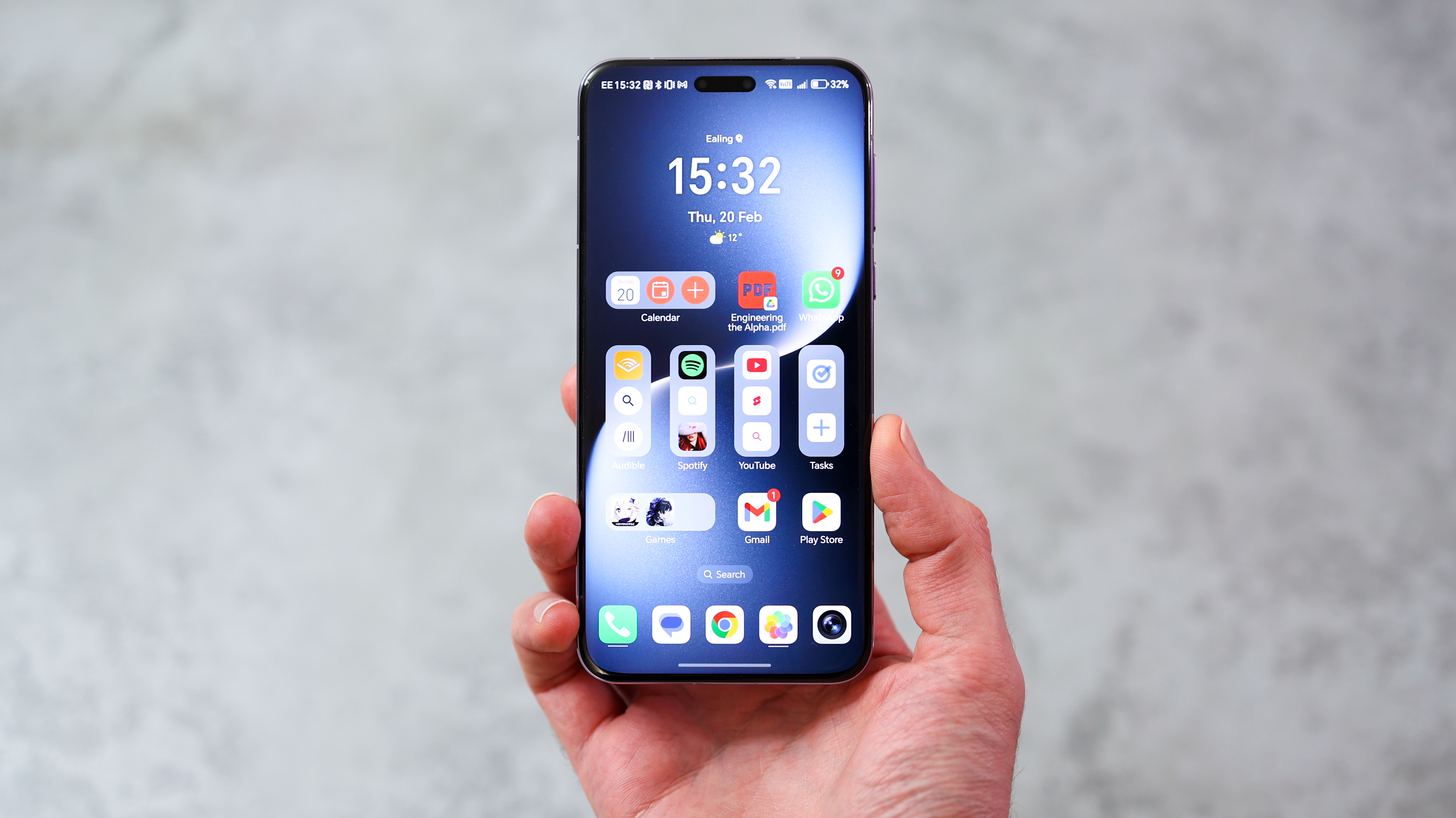
As with most phone makers, Honor uses the word AI with reckless abandon, but once you get past that, the features under the AI menu in the settings are generally helpful, especially Magic Portal, which is a quicker way of sharing photos, text, or part of your screen to a favorite app than Google’s native offering. There’s also a Translate app and voice-to-text recording feature that brings the Magic 7 Pro and Pro RSR up to speed with the competition. Honor also includes AI Eraser, which worked accurately in my tests. However, it renders the replacement at a noticeably lower resolution than the image in certain scenarios, so it isn’t the best implementation of the tech, even if the results were generally impressively accurate.
One area the Magic 7 RSR races ahead of the Apple and Samsung competition, and its standard, non-Porsche Magic 7 Pro counterpart, is battery capacity. While Honor had to shrink the original Magic 7 Pro’s battery when launching in the EU, likely owing to regulations, the Porsche version packs a huge 5850mAh cell thanks to Honor’s silicon-carbon battery tech. Also in OnePlus, Oppo and Vivo phones, this innovation has raised the battery ceiling from the long-established 5000mAh mark by a significant amount. Coupled with the fact the Magic 7 Pro series runs with the efficient Snapdragon 8 Elite chipset, you can enjoy two days of power from the RSR edition with modest use.
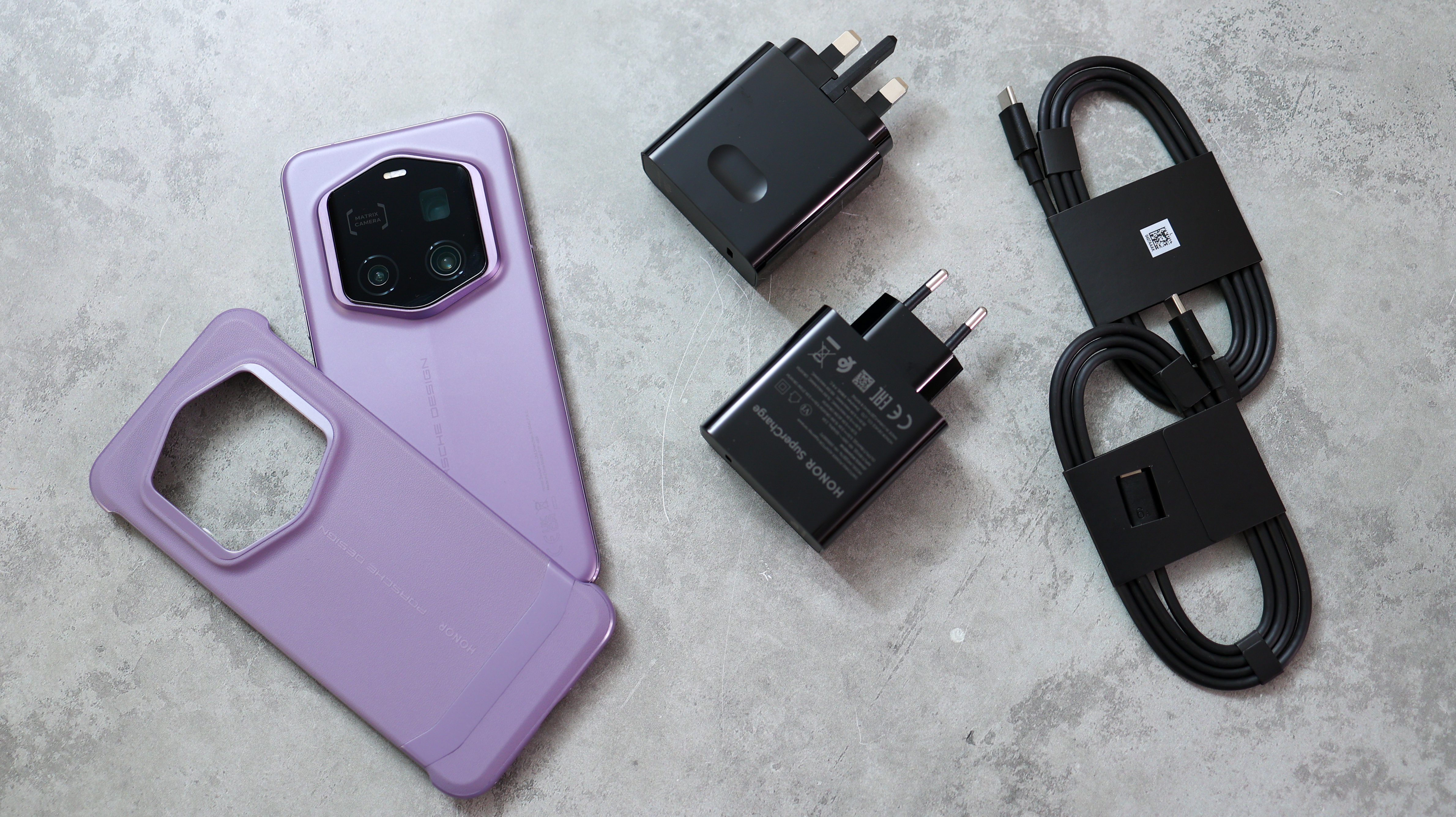
When you want to power up the 7 Pro RSR, it charges at up to 100W wired, and wirelessly at up to 80W. Plugged in, it hits 100 percent in under 50 minutes, and unlike the standard version and most competing phones, the RSR edition also ships with its fast charger. Not just one, the presentation box includes both a European and UK power plug as well as two cables, handy for frequent flyers.
Honor Magic 7 RSR Porsche Design verdict
I didn’t anticipate being sold on the Magic 7 RSR when I first used it. I’ve used and reviewed a number of past Porsche Design special edition phones, and they’ve always been pricier without any real experience upgrades. The 7 Pro RSR, however, is different.
I found myself using the telephoto camera with its large 1/1.4-inch sensor and class-leading f/1.88 aperture most of the time, especially for food, people, and product shots, something I couldn’t do on a Pixel or iPhone. I also charged it very sporadically and never beyond 80 percent as I wasn’t worried about it not making it through a day, which wasn’t the case with the standard Magic 7 Pro.
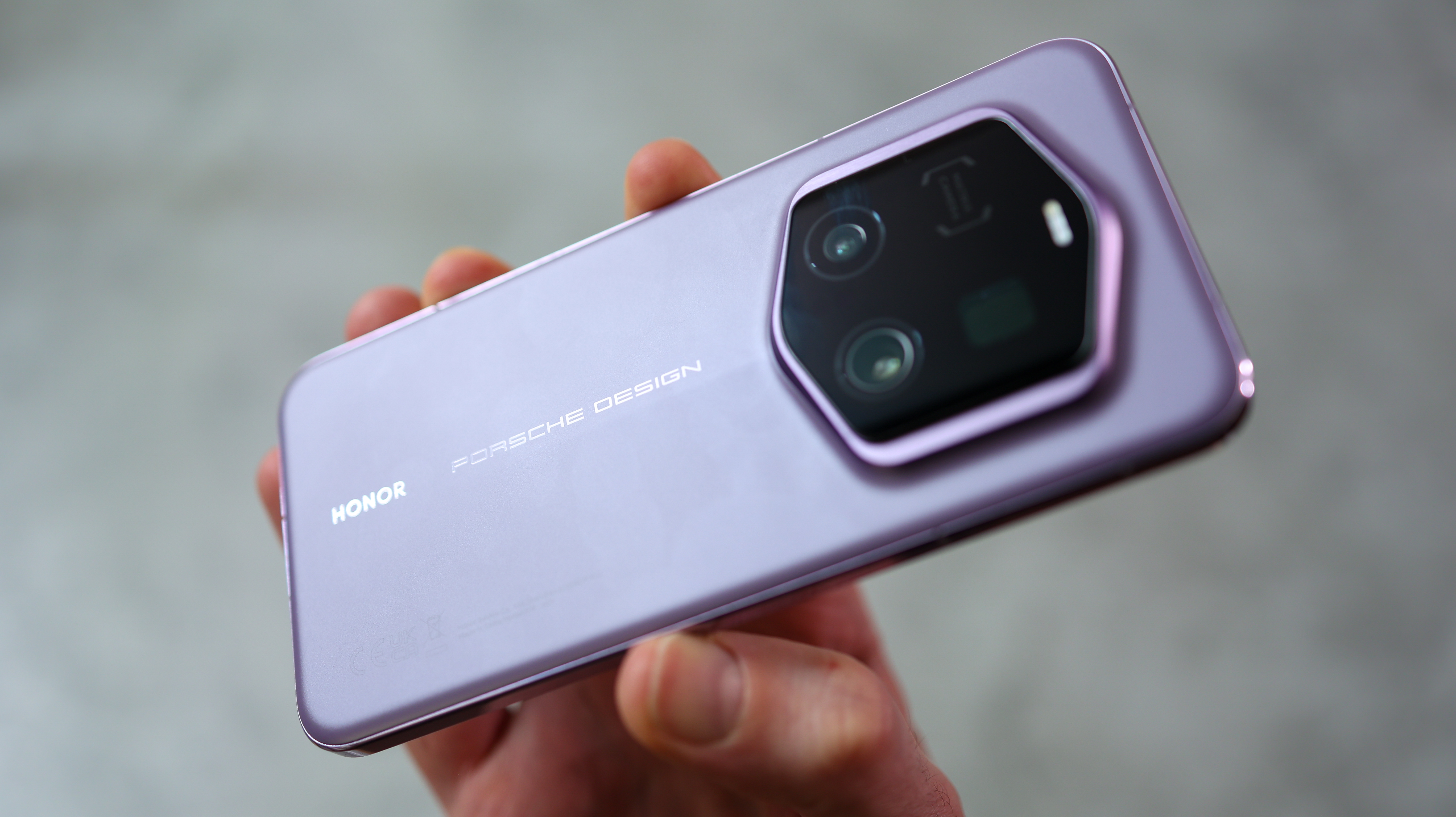
Add to the experience the ample 1TB storage, powerful internals, MagicOS’s considered interface customizations, and the accessories included with the phone. When you consider the cost of the Magic 7 RSR’s key competition, it isn’t too hard to justify Honor’s pricing.
Honor Magic 7 RSR Porsche Design alternatives
The two obvious alternatives to the Honor Magic 7 RSR Porsche Design are the Galaxy S25 Ultra and iPhone 16 Pro Max, both costing the same or more in their 1TB flavors.
While the Galaxy sports a pen and more focal lengths, its camera hardware and battery life aren’t quite as impressive as the Magic 7 RSR’s. As for Apple, our least favorite camera of the three, the 5x zoom, while far-reaching, is held back by low-spec hardware, but Apple’s video capture from the main camera and iOS’s locked-in ecosystem will likely keep iPhone and Mac users buying iPhones and Macs.
For a lower-cost alternative with a bit less storage, the OnePlus 13 is an excellent option. Its battery life is exceptional, it also packs plenty of power, a great display, and standout styling; however, the telephoto camera is much weaker in challenging environments than that of the Magic 7 RSR, and it also lacks the near-focus.
Alternatively, the Vivo X200 Pro is a winning choice for zoom lovers who want a bit more reach and telemacro capture. However, in the EU, it was impacted by the battery regulation that stopped Honor from shipping its highest-capacity silicon-carbon cell in the Magic 7 Pro, so battery life also loses out to the Magic 7 RSR.
Finally, the Google Pixel 9 Pro is a safe bet if you don’t need top-tier power, but want more reliable photo processing and tend to zoom further than 3x. Though if you think you’ll be saving cash picking one up, think again. The 1TB model that matches the storage of the Magic 7 RSR costs exactly the same, and we’d argue Honor offers more for that very high asking price.
Basil Kronfli is a freelance technology journalist, consultant, and content creator. He trained in graphic design and started his career at Canon Europe before moving into journalism. Basil is also experienced in video production, independently running the YouTube channel TechEdit, and during his time at Future, he worked alongside the Digital Camera World team as a senior video producer.
You must confirm your public display name before commenting
Please logout and then login again, you will then be prompted to enter your display name.
